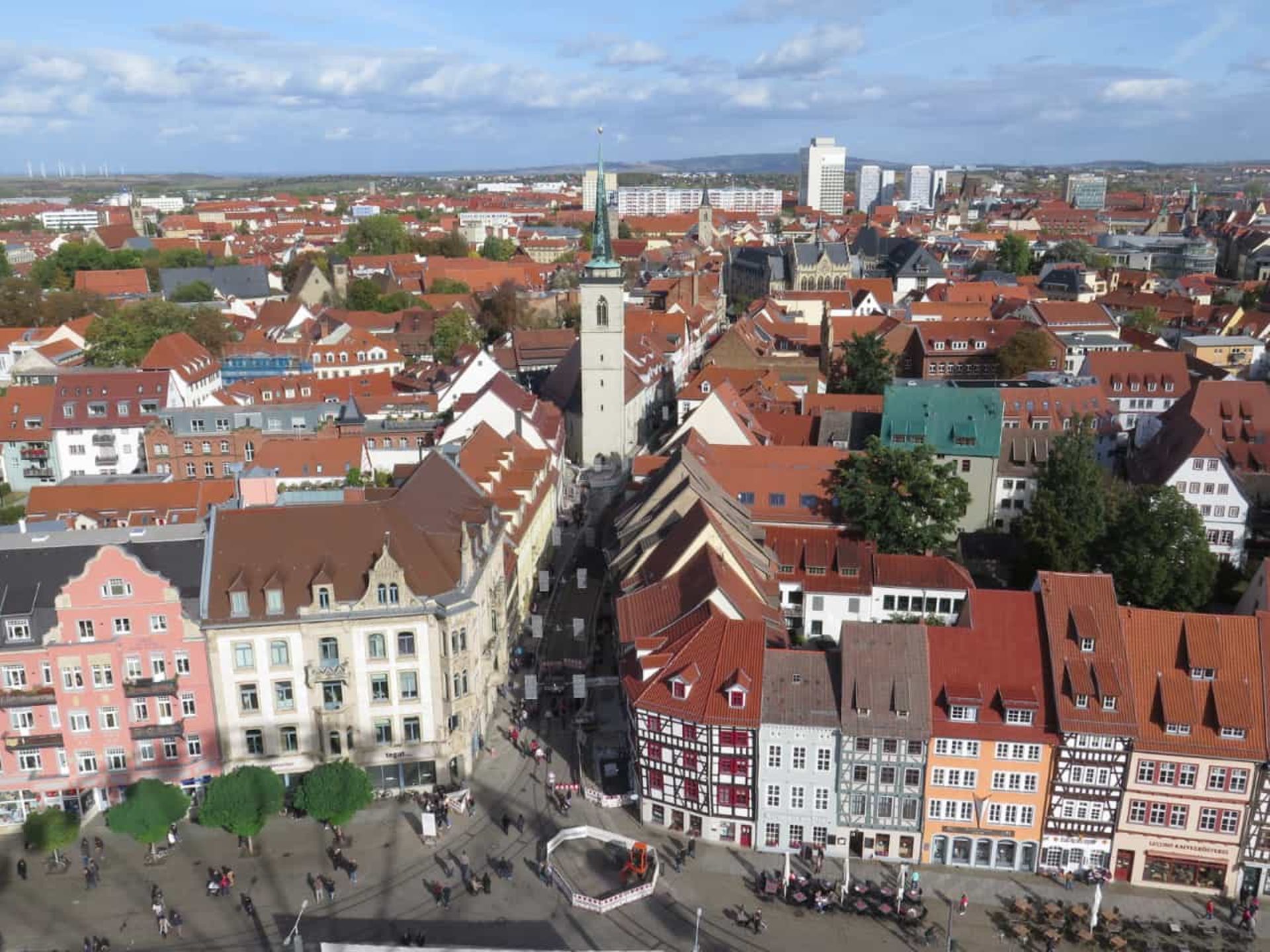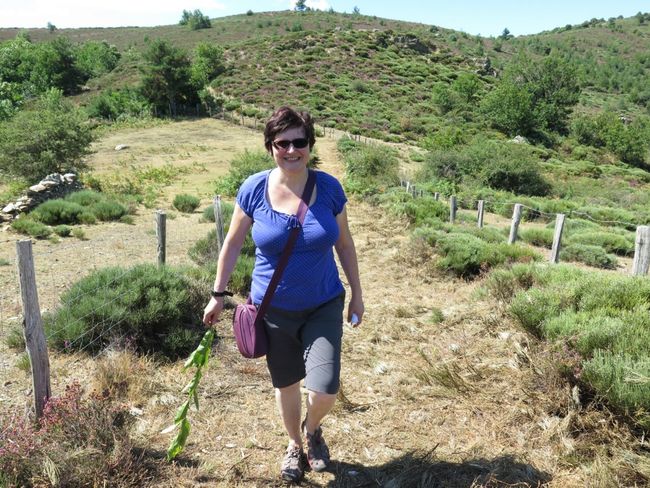2023 - May - Donkey trekking in Alsace
Pubblicato: 07.05.2023
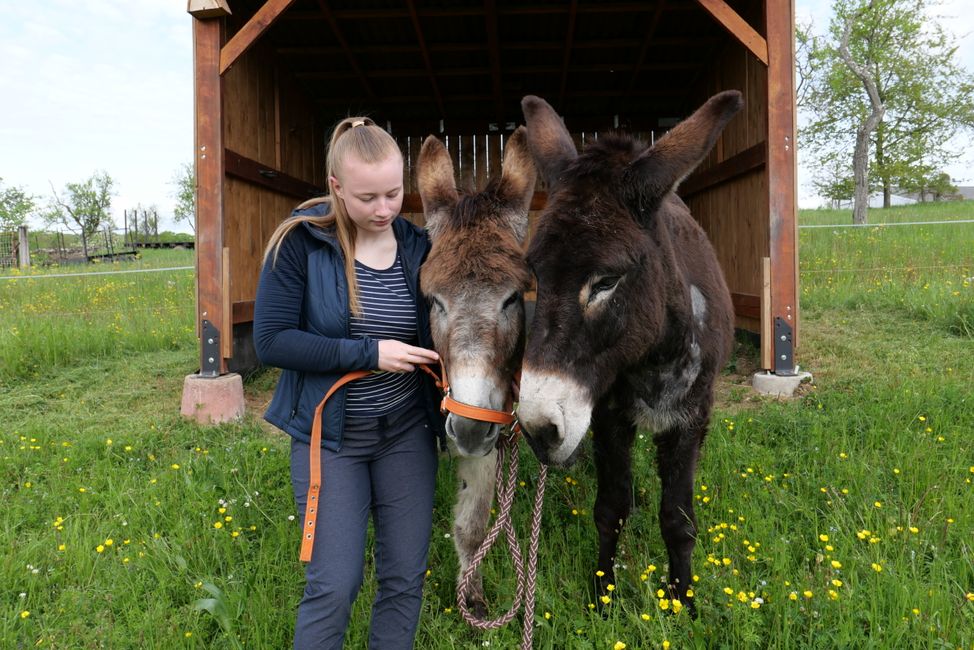
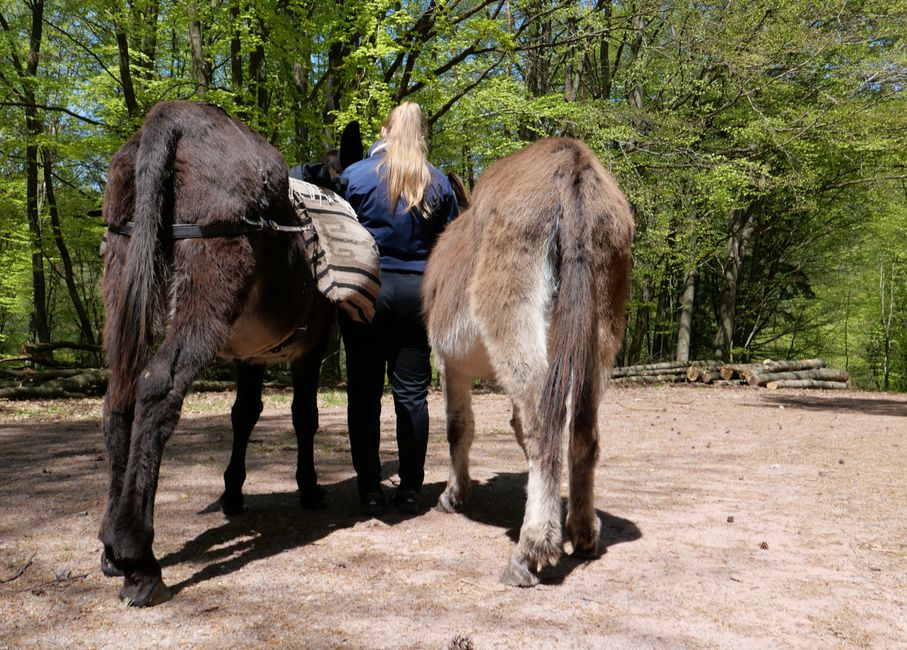
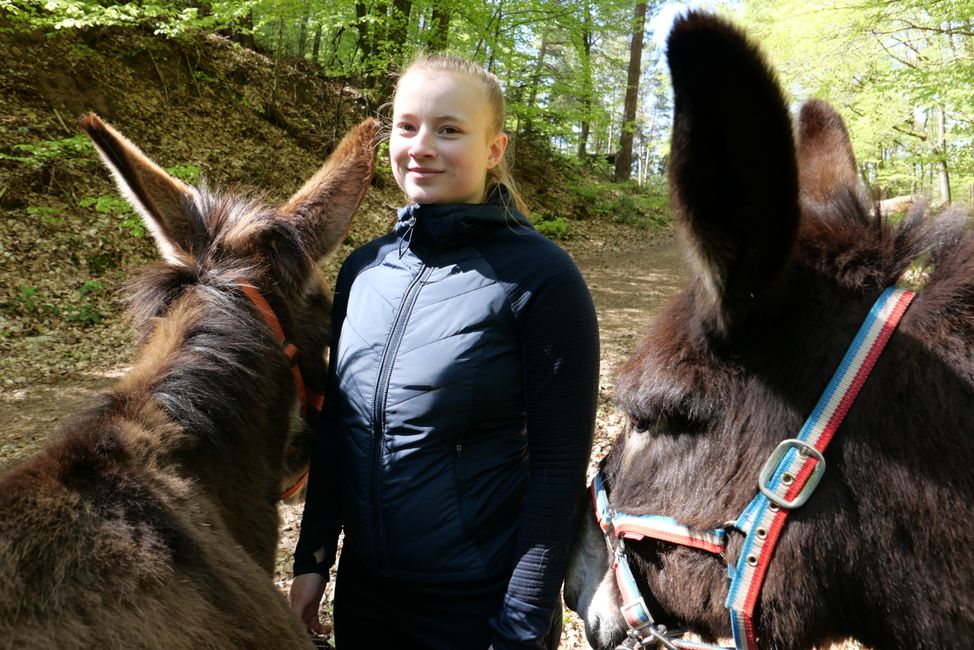
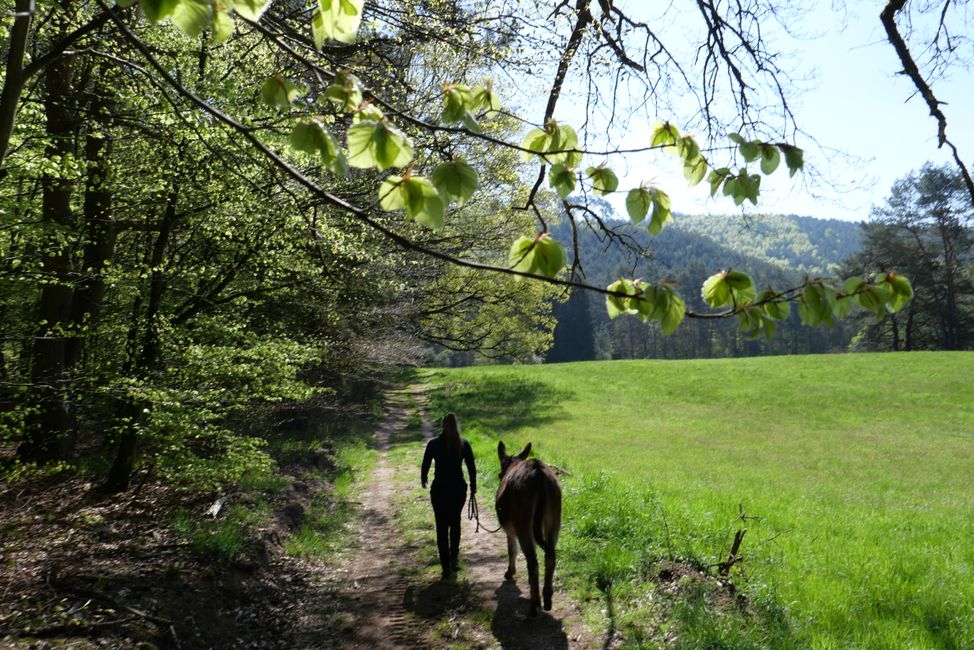
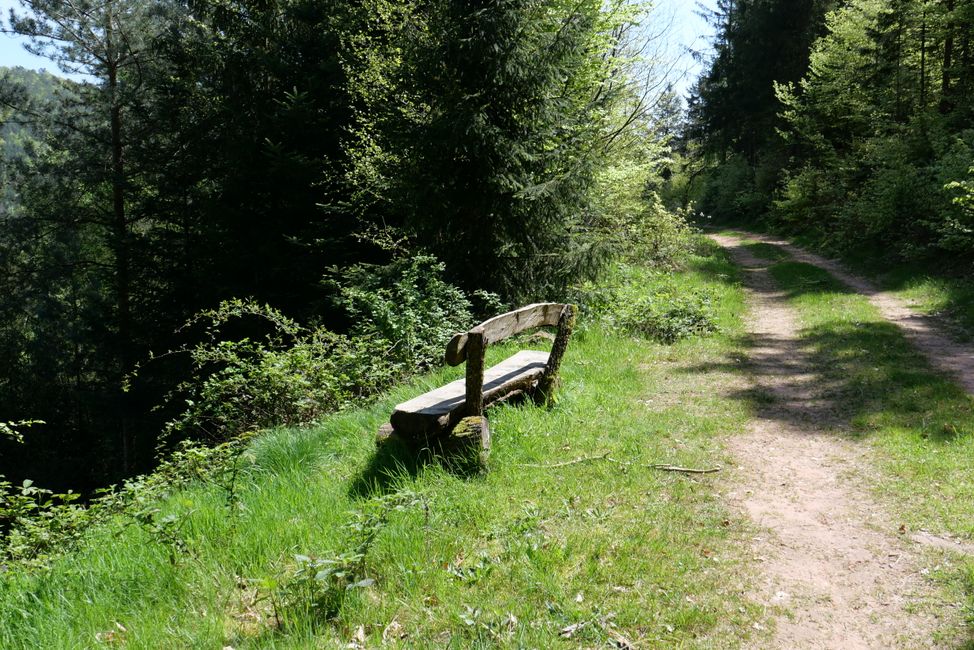
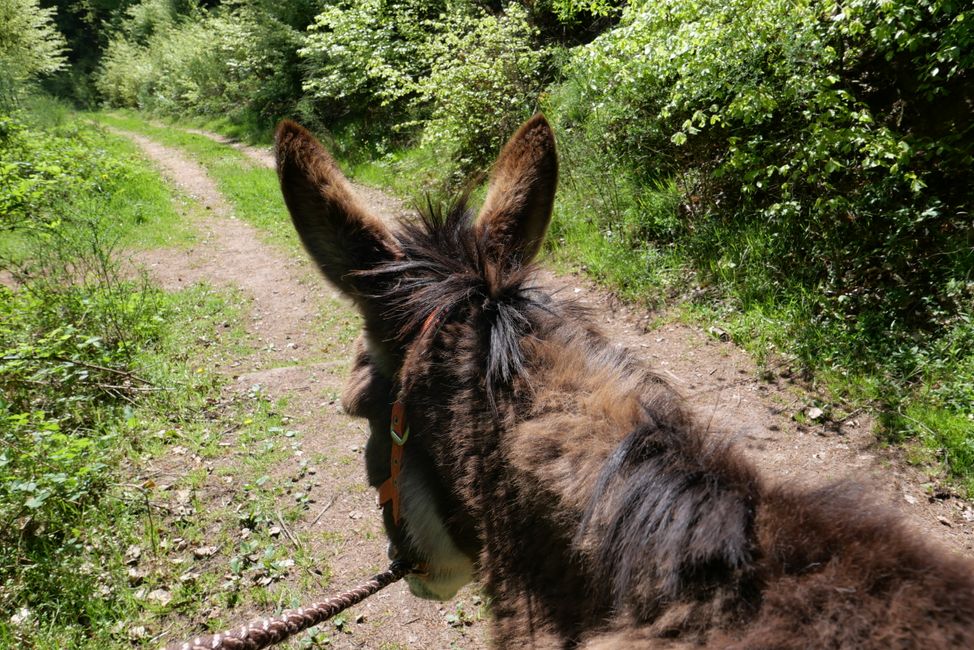
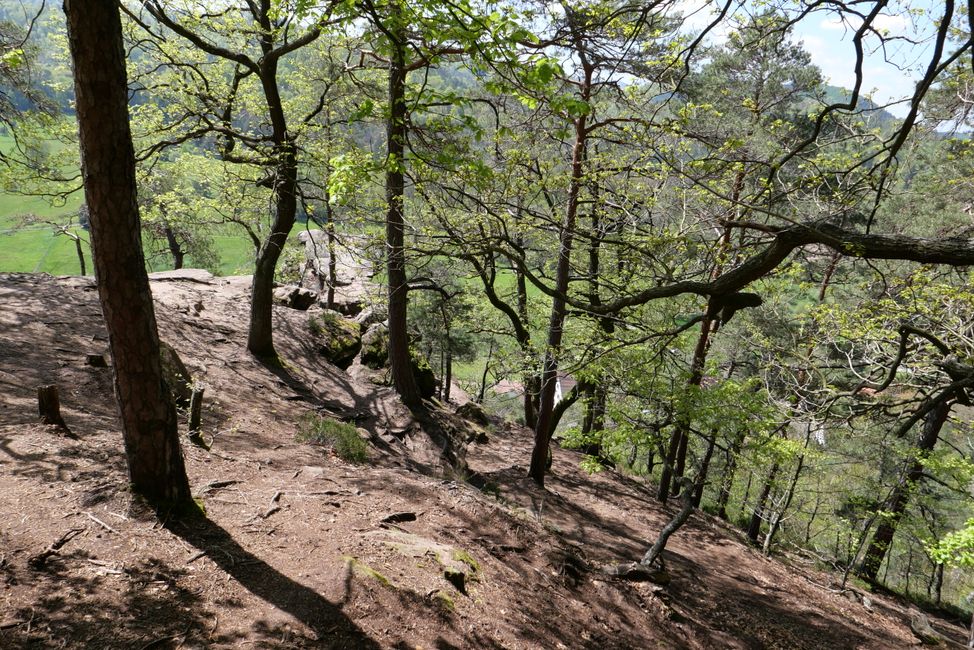
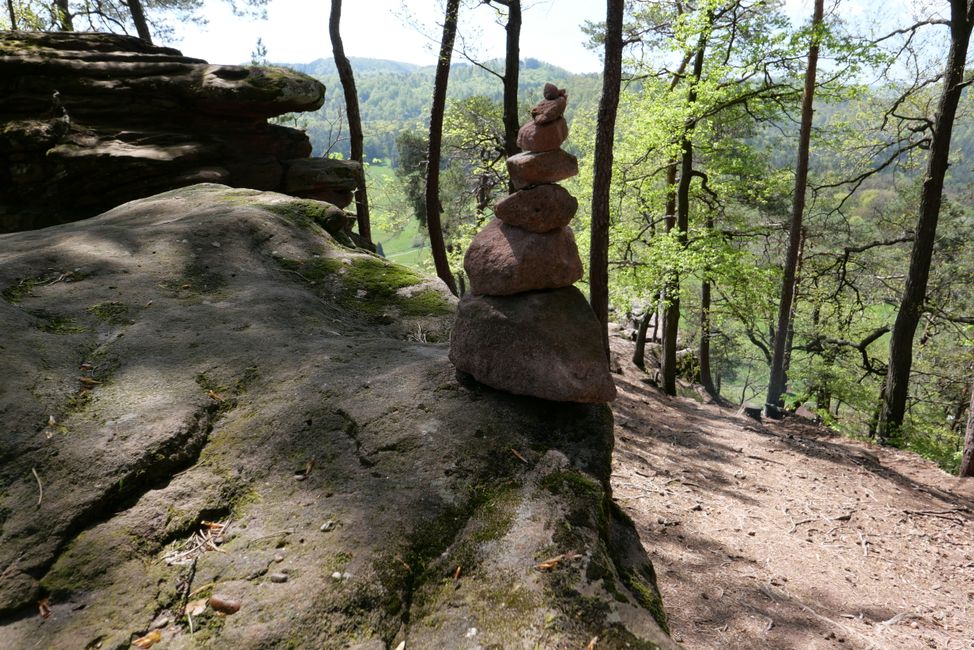
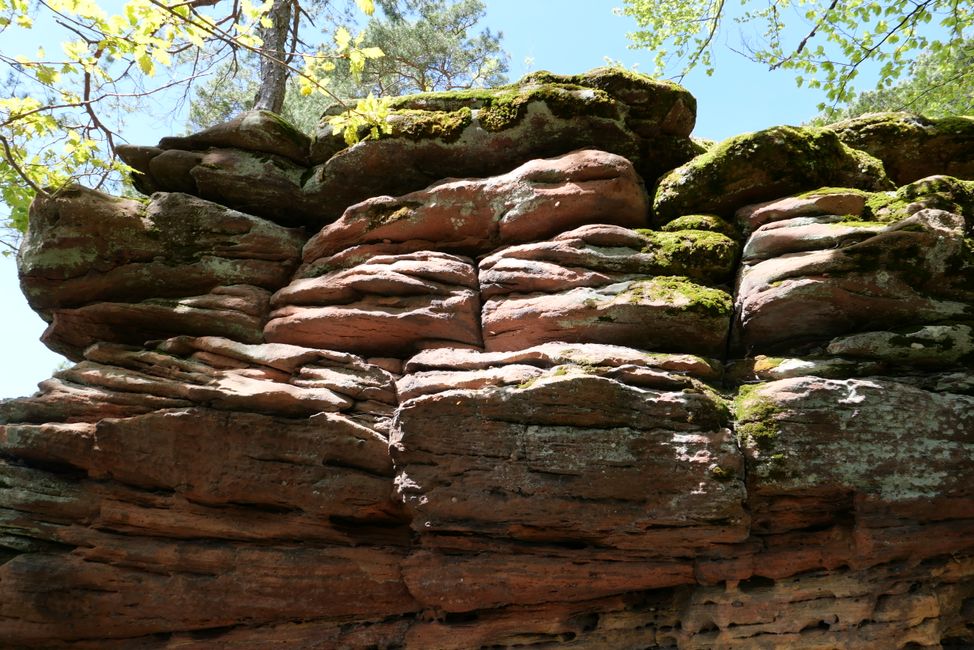
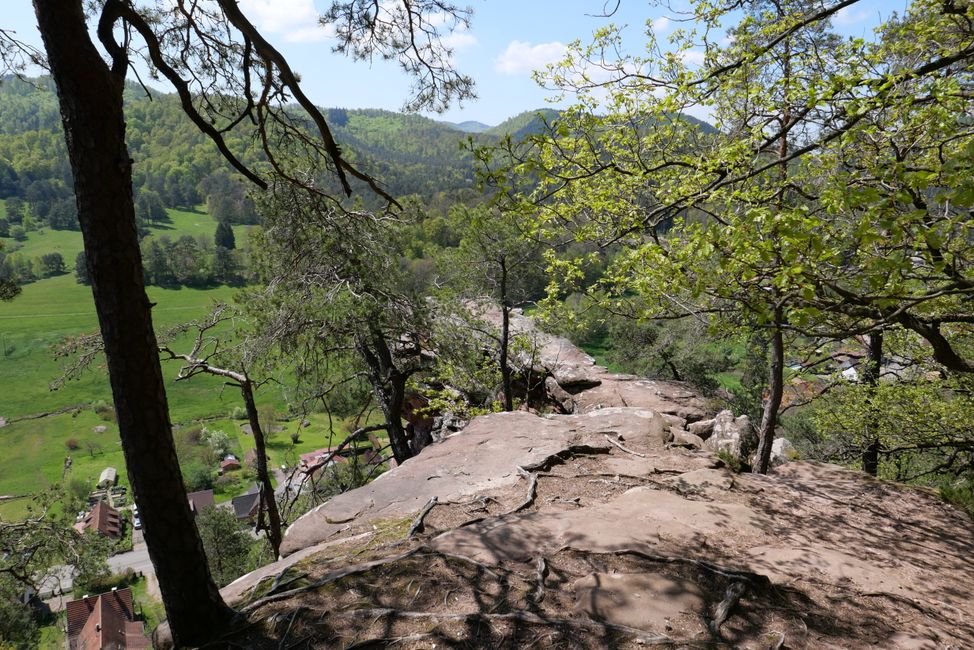
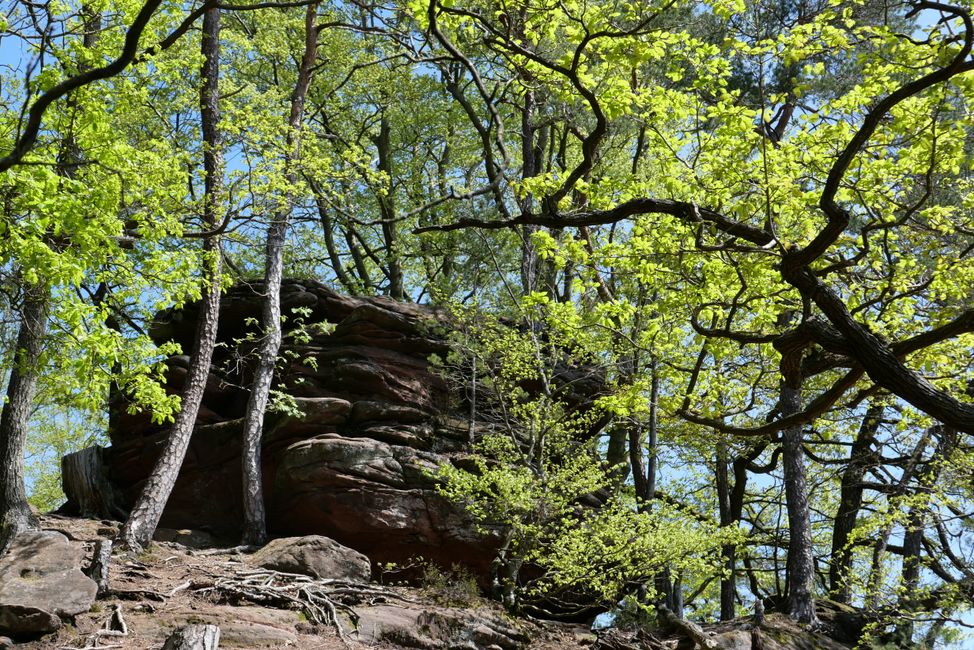
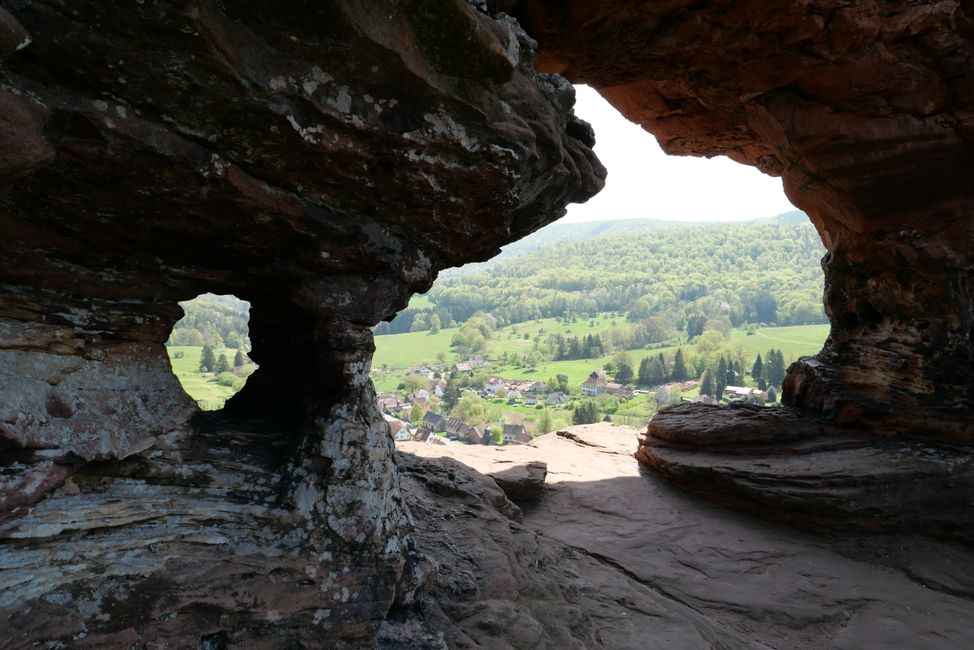
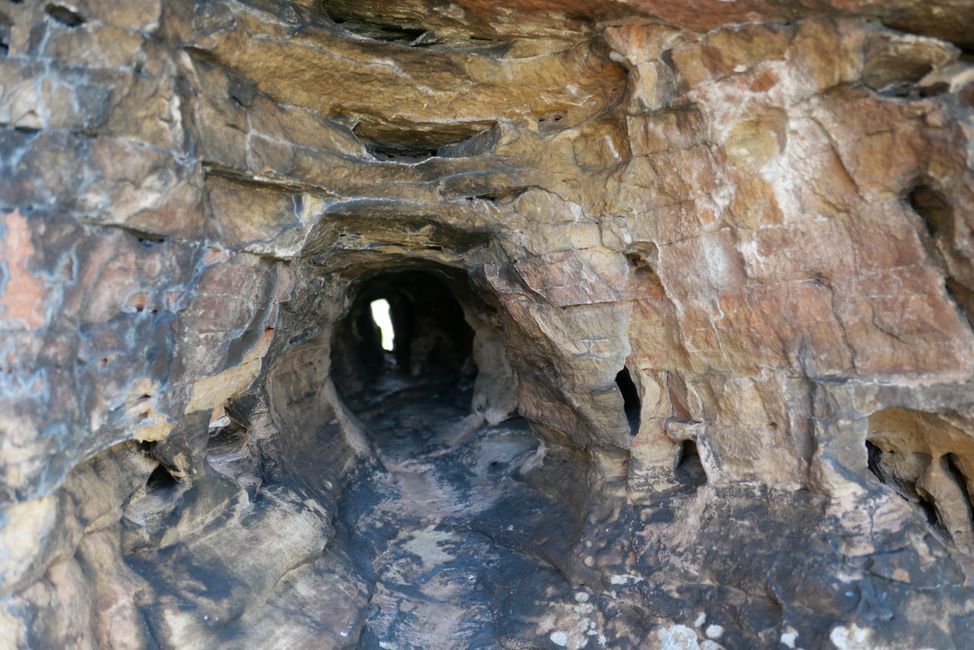
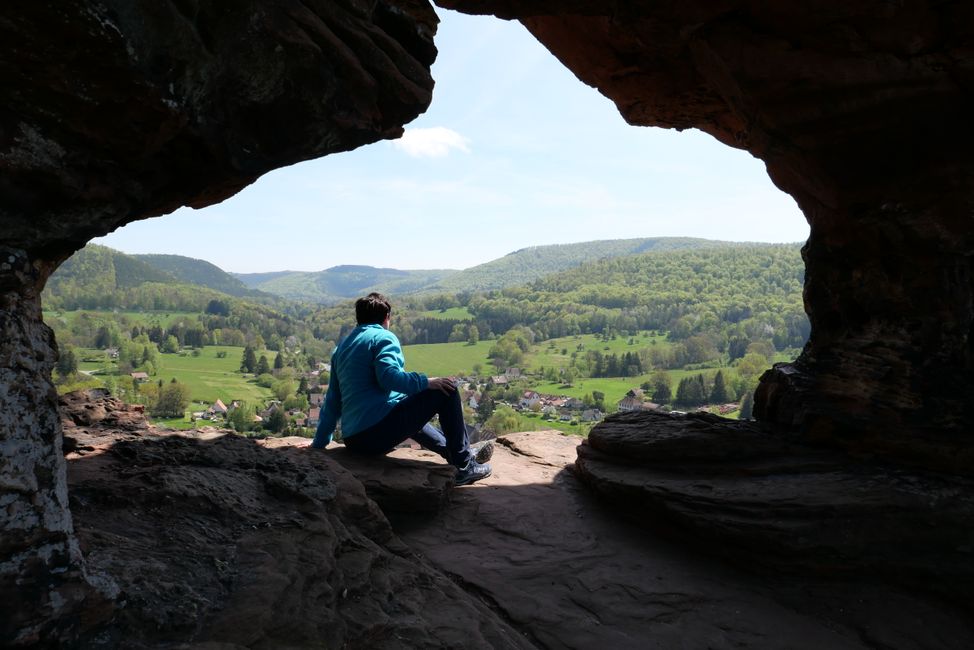
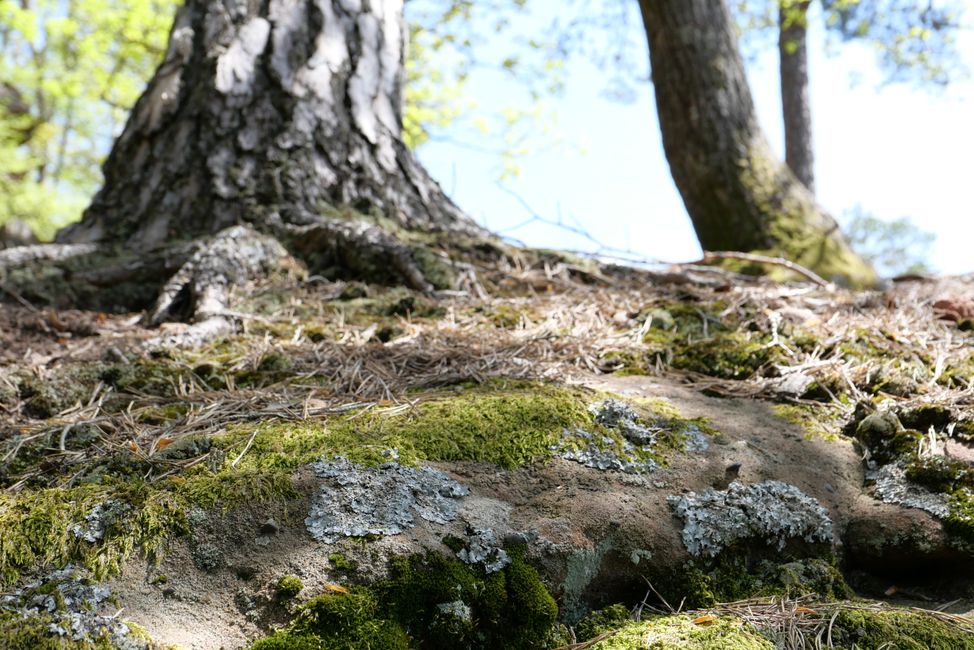
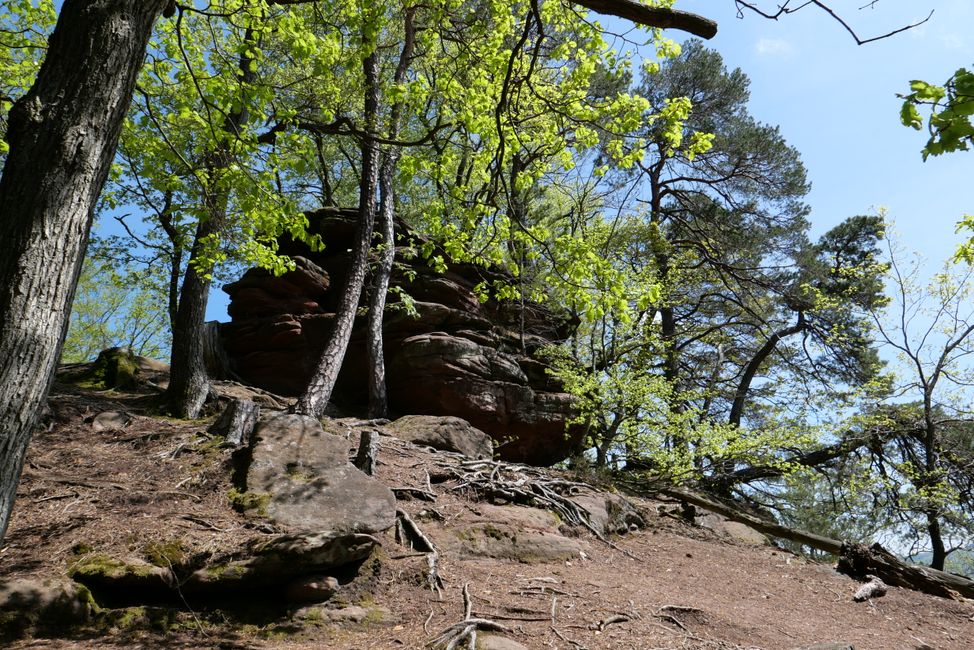
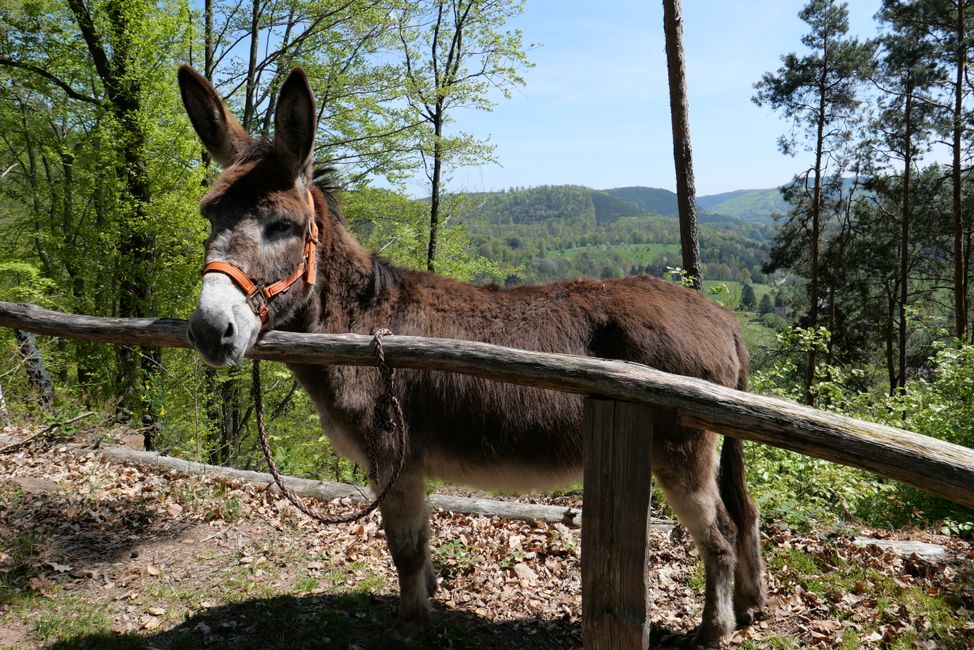
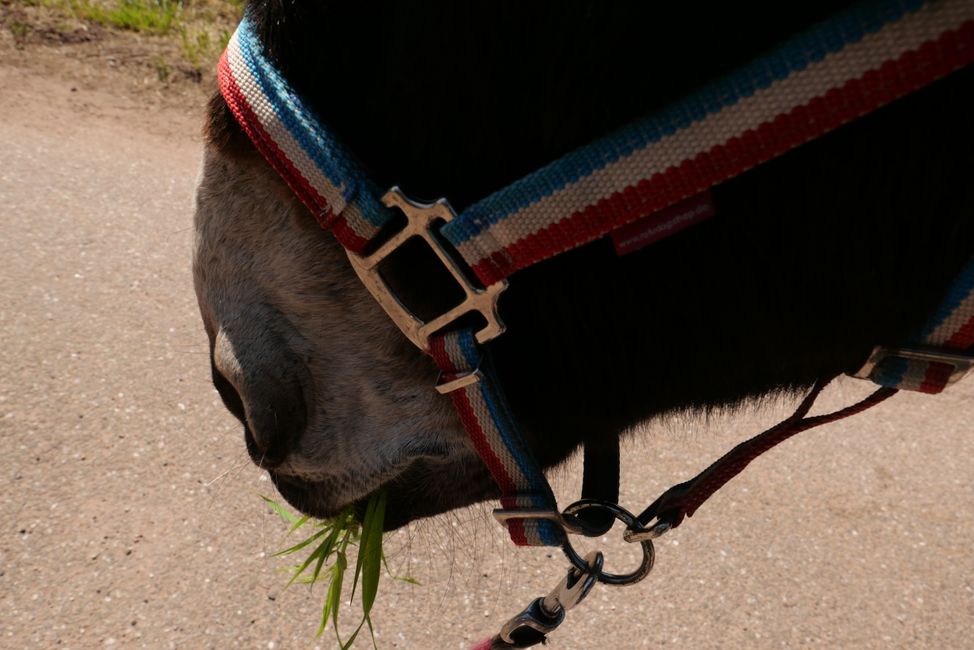
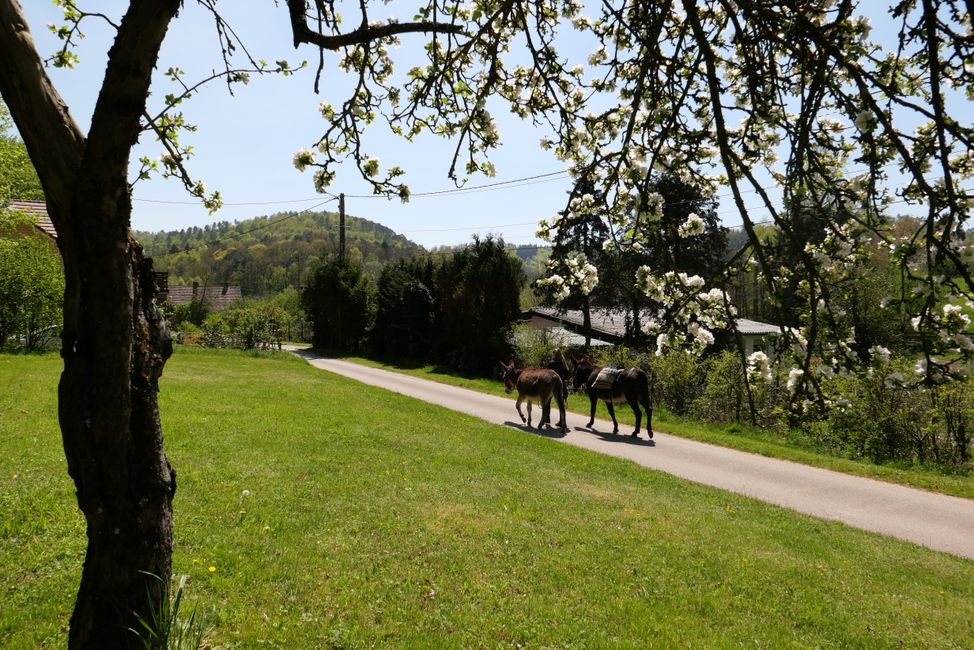
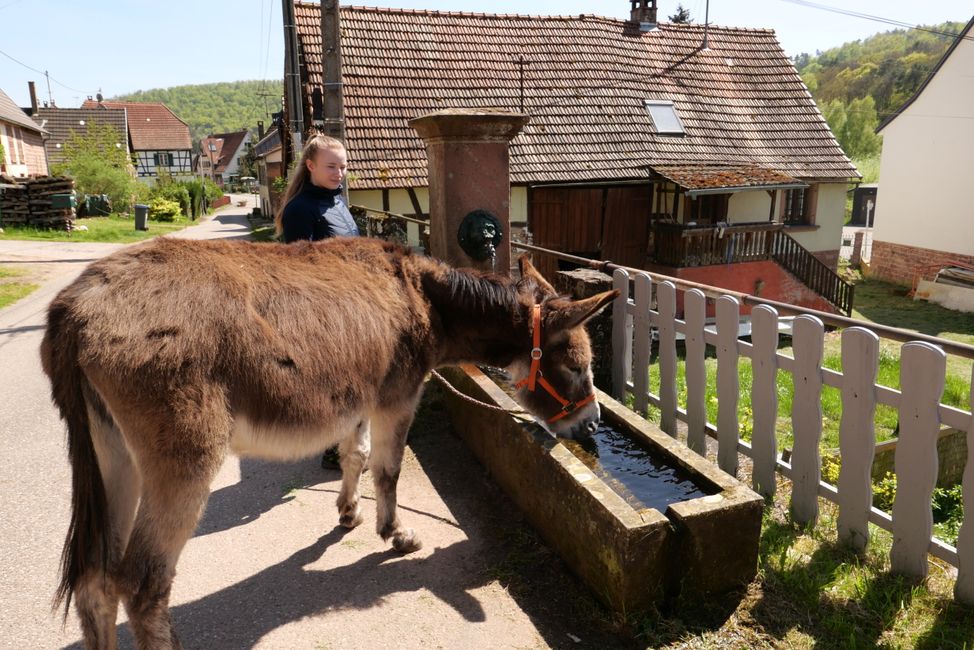
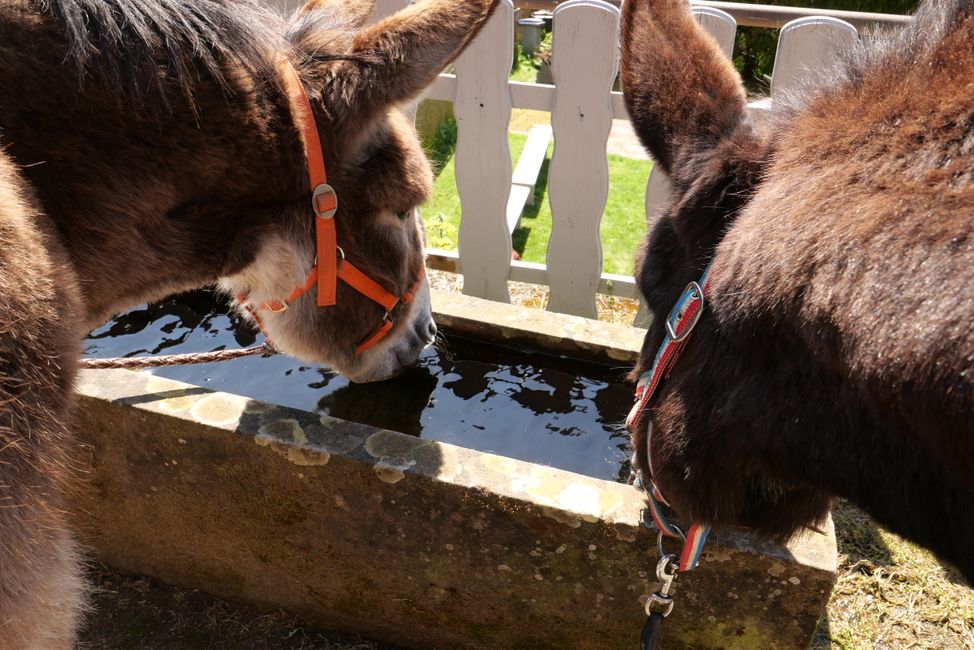
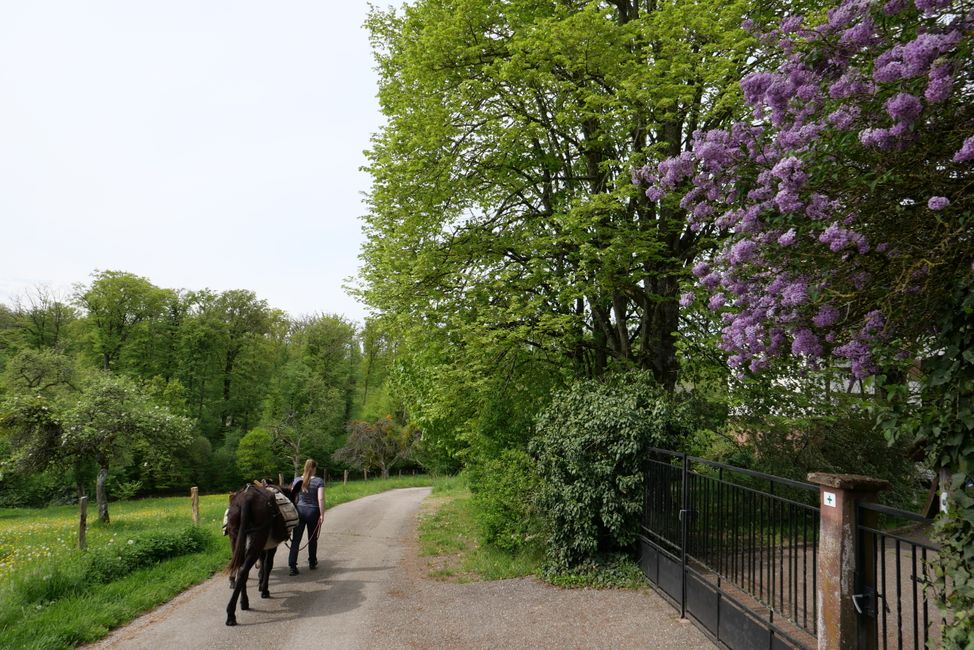
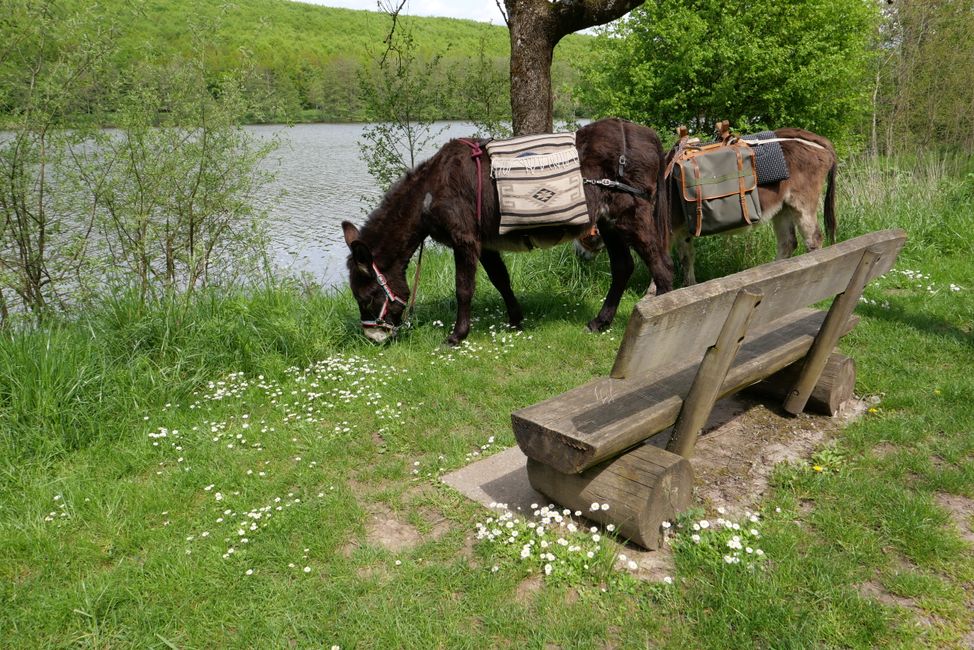
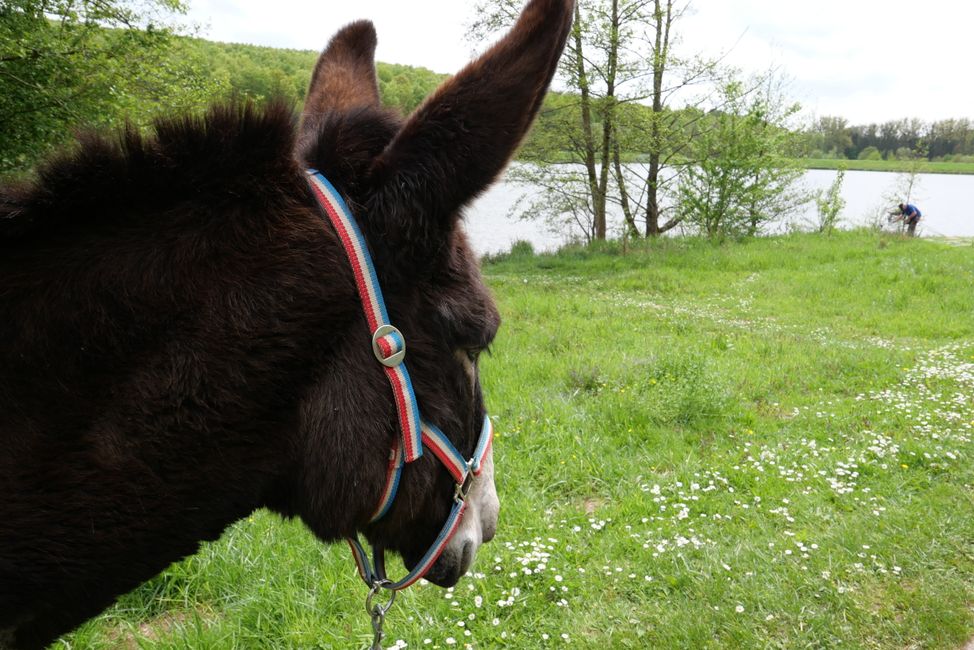
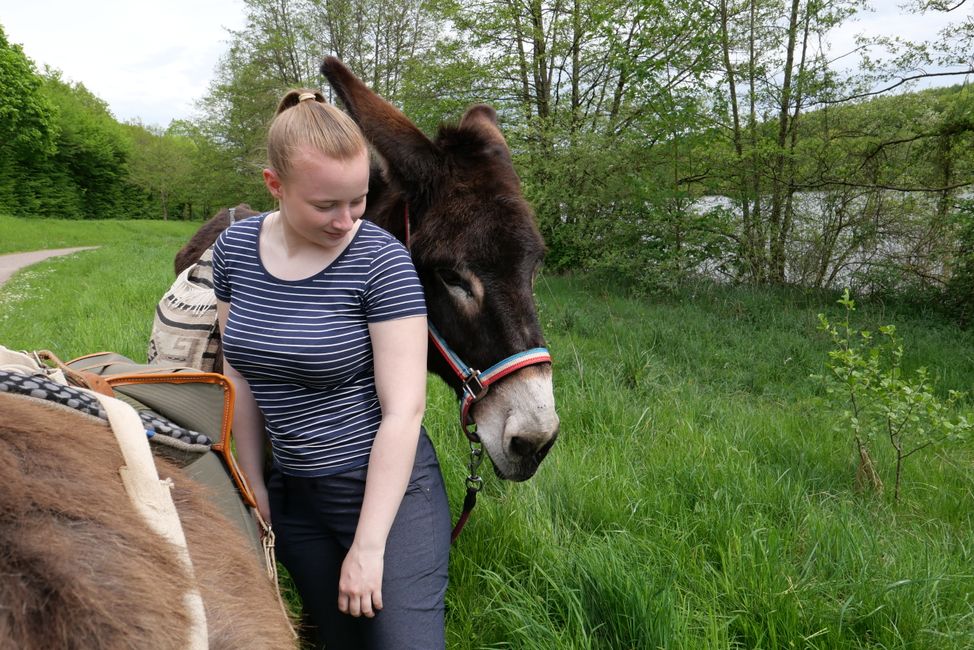
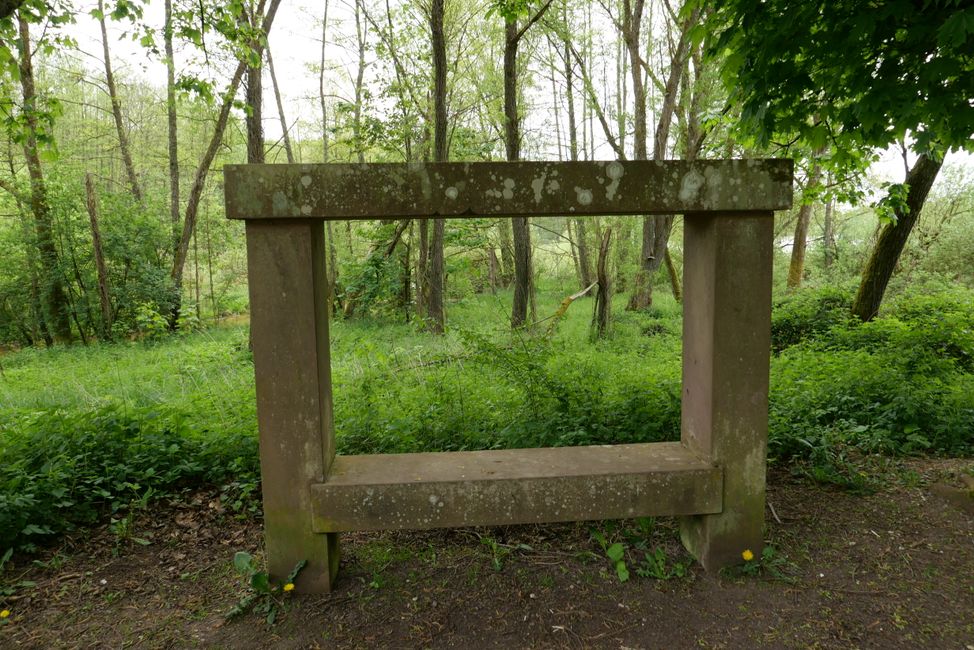
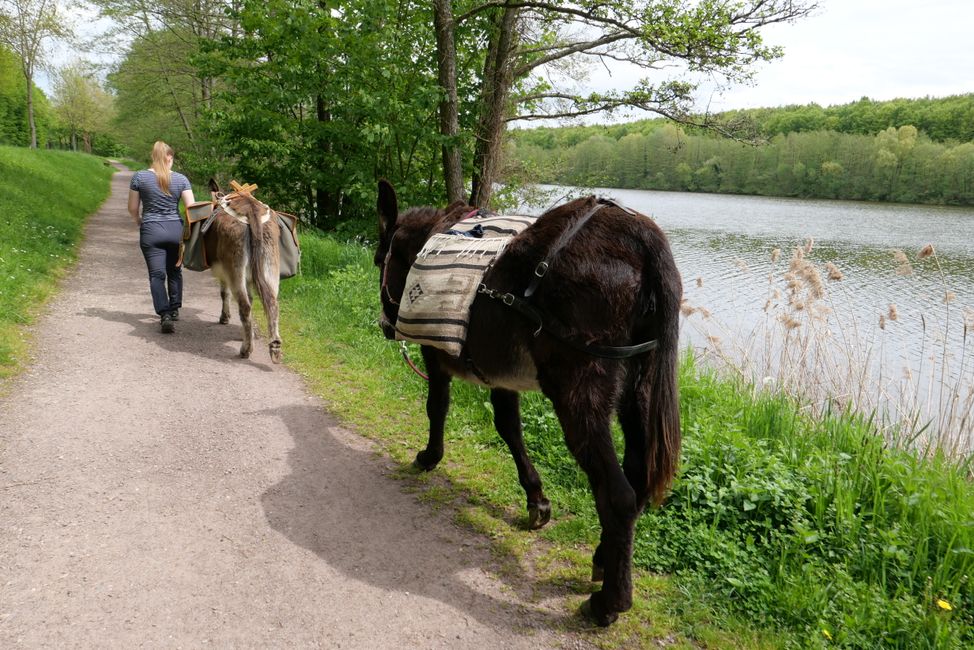
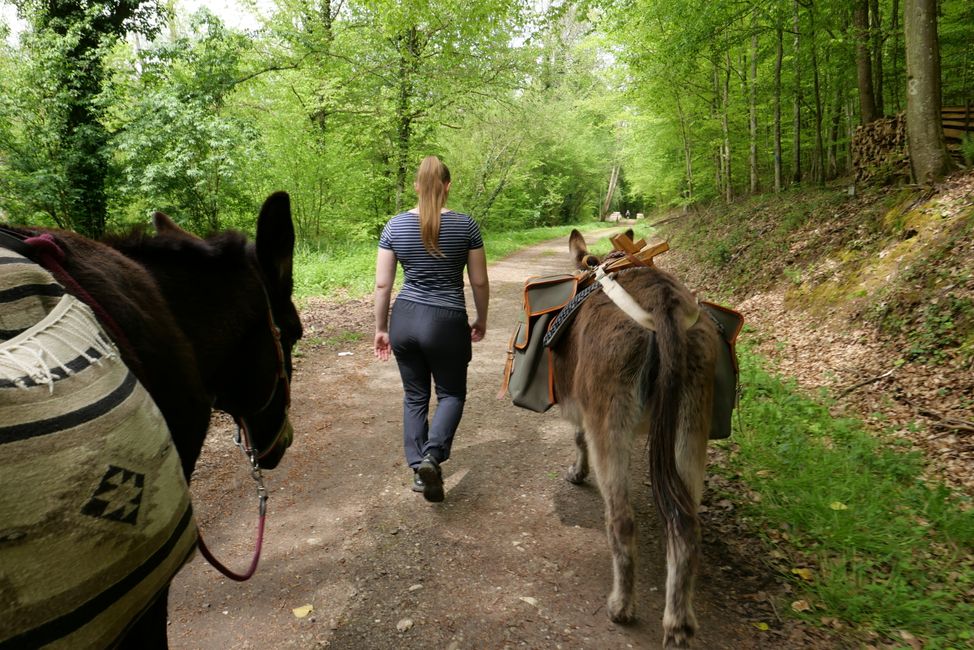
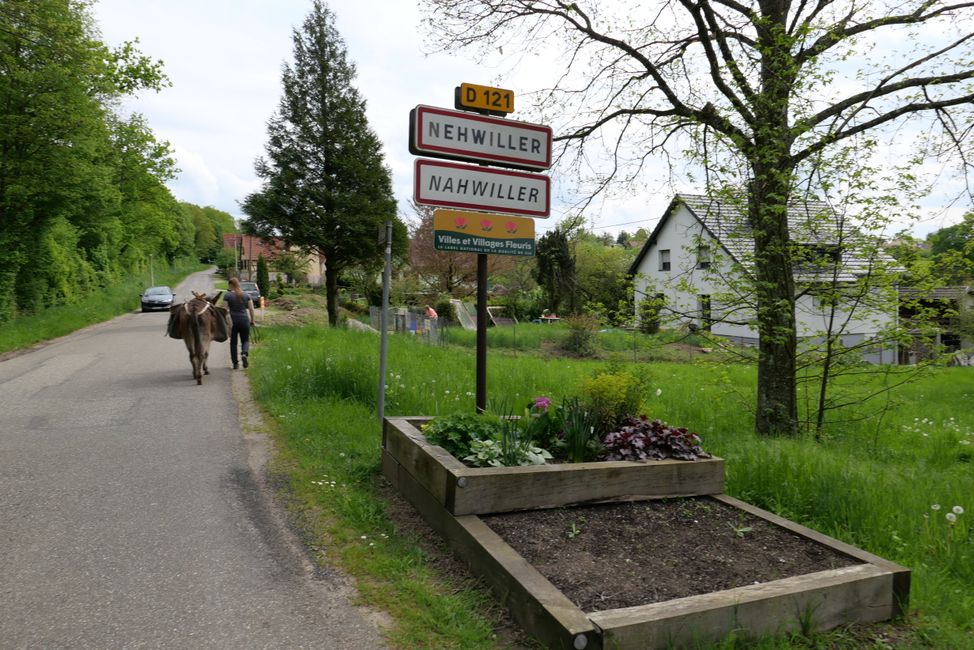
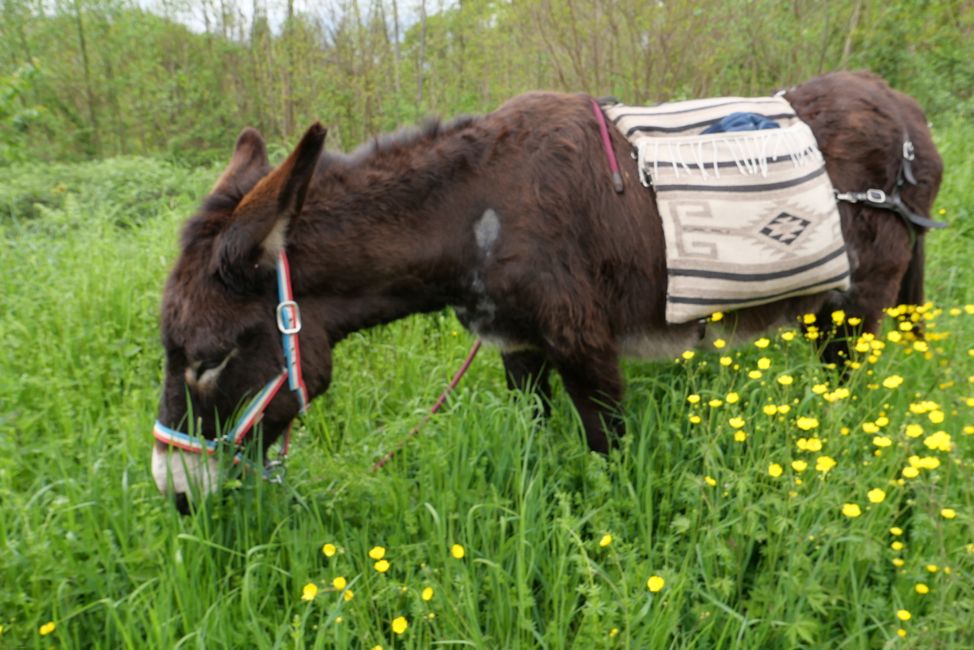
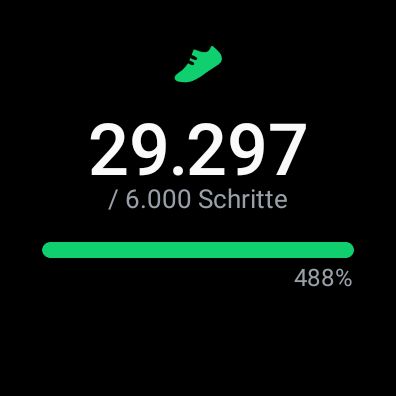
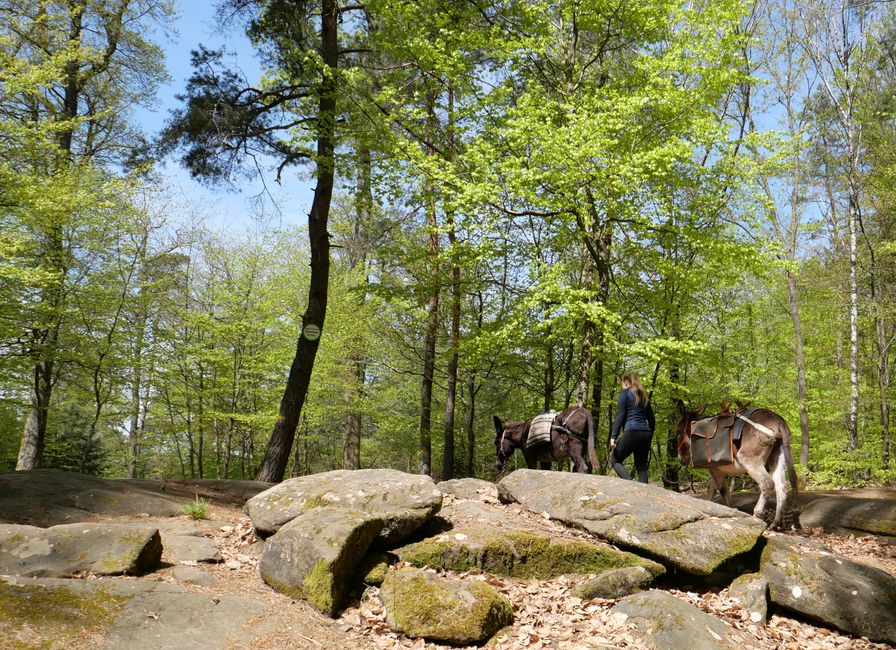
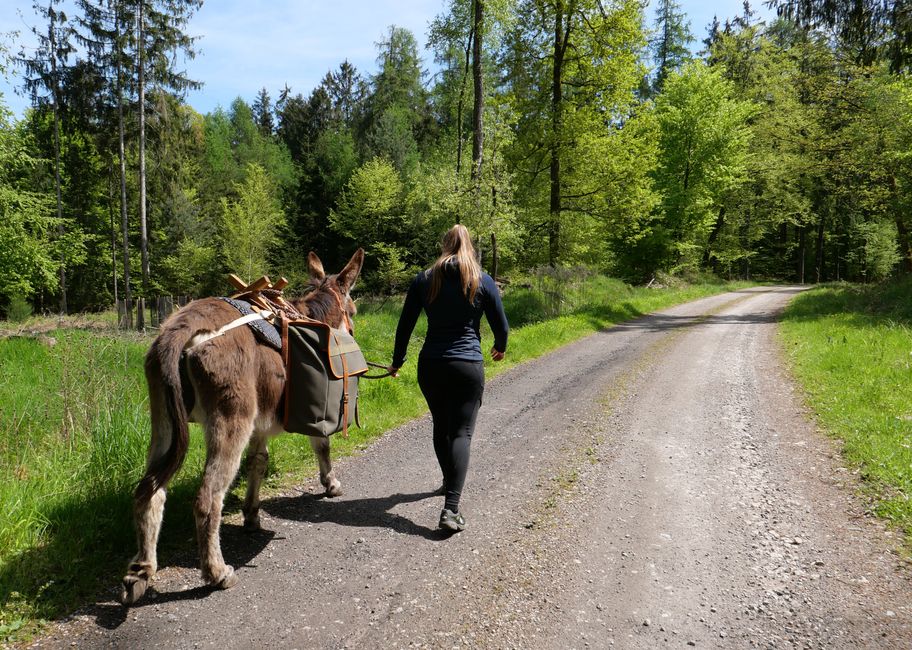
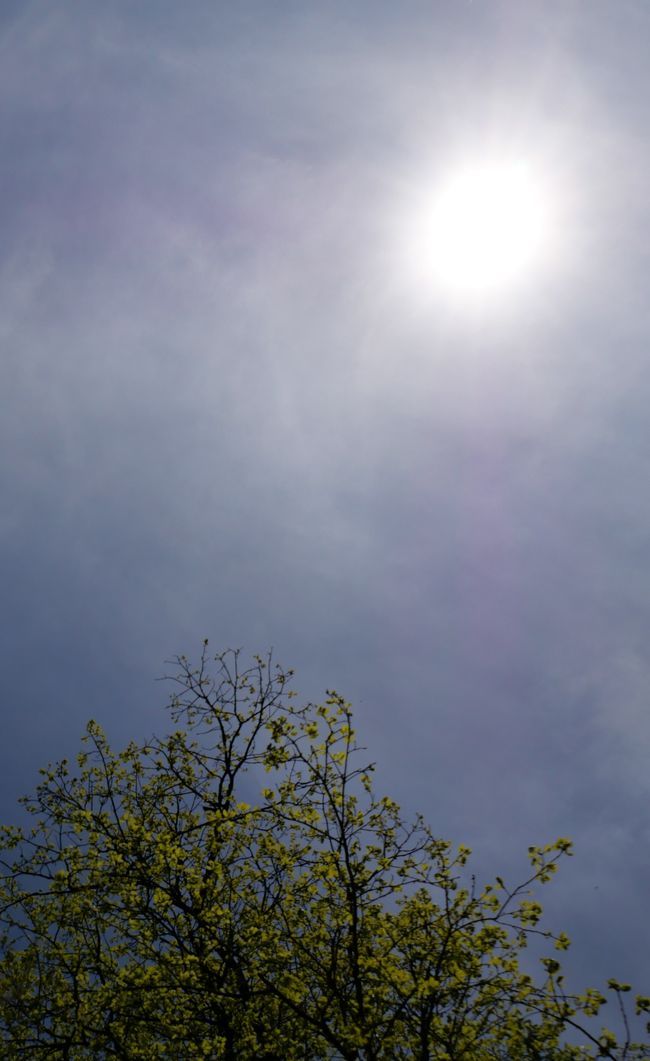

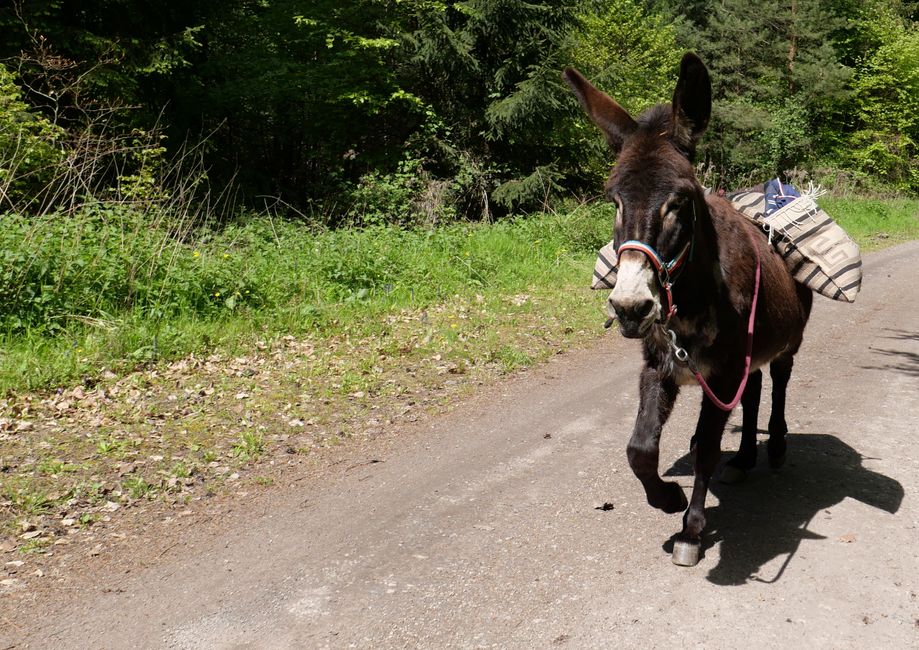
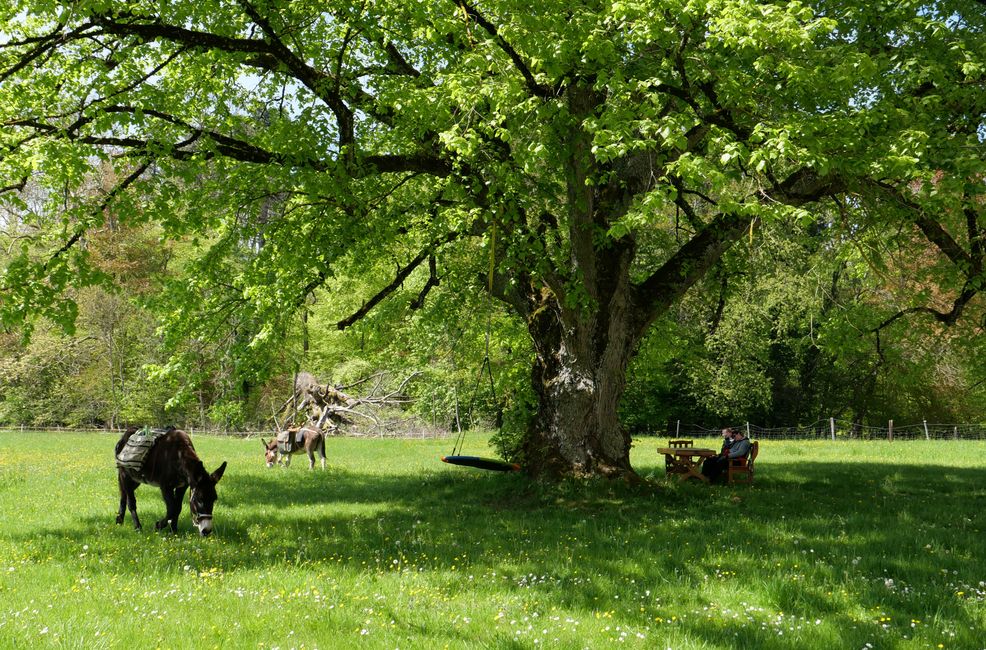
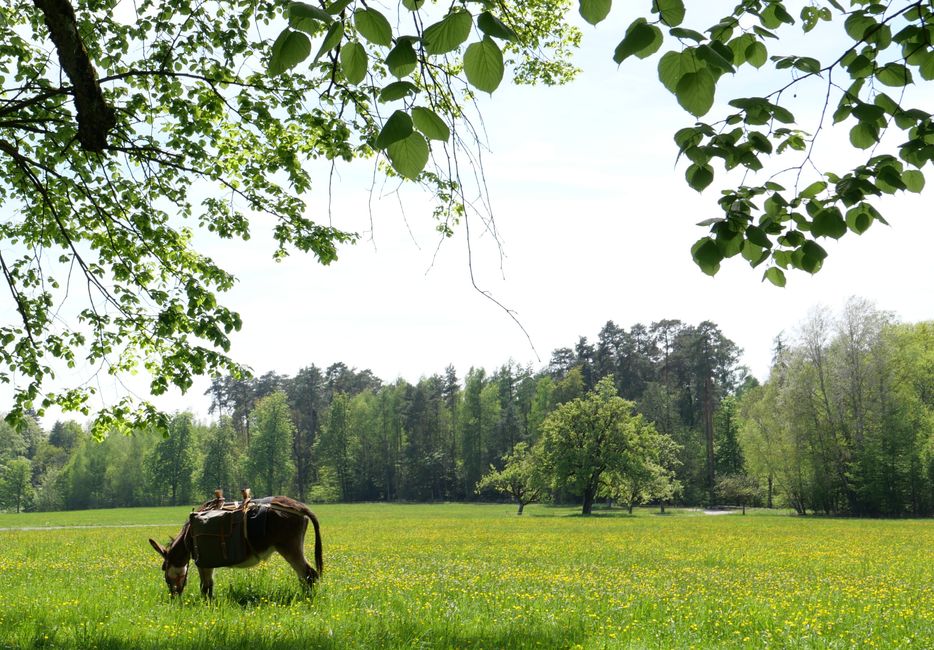
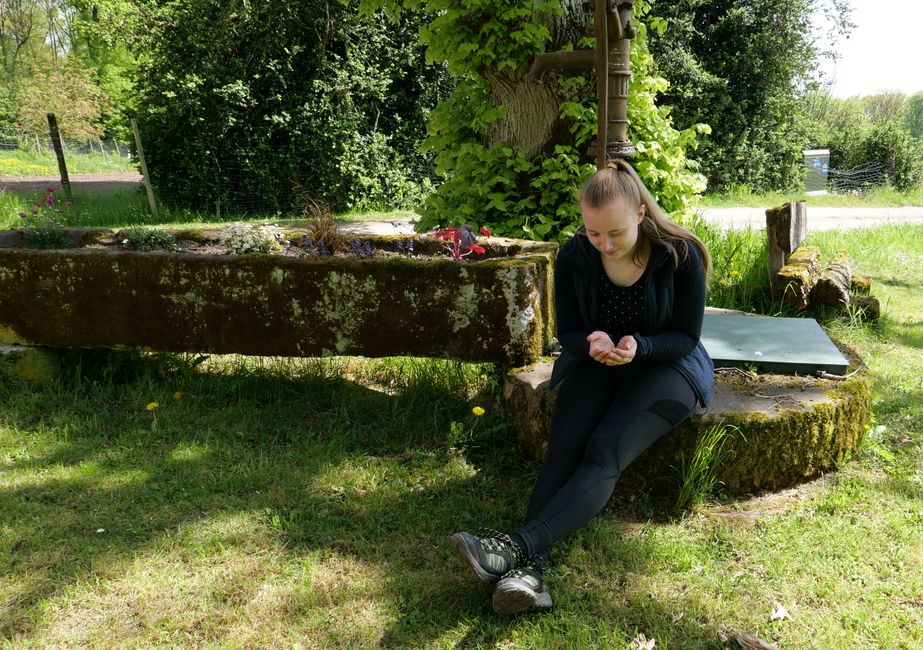
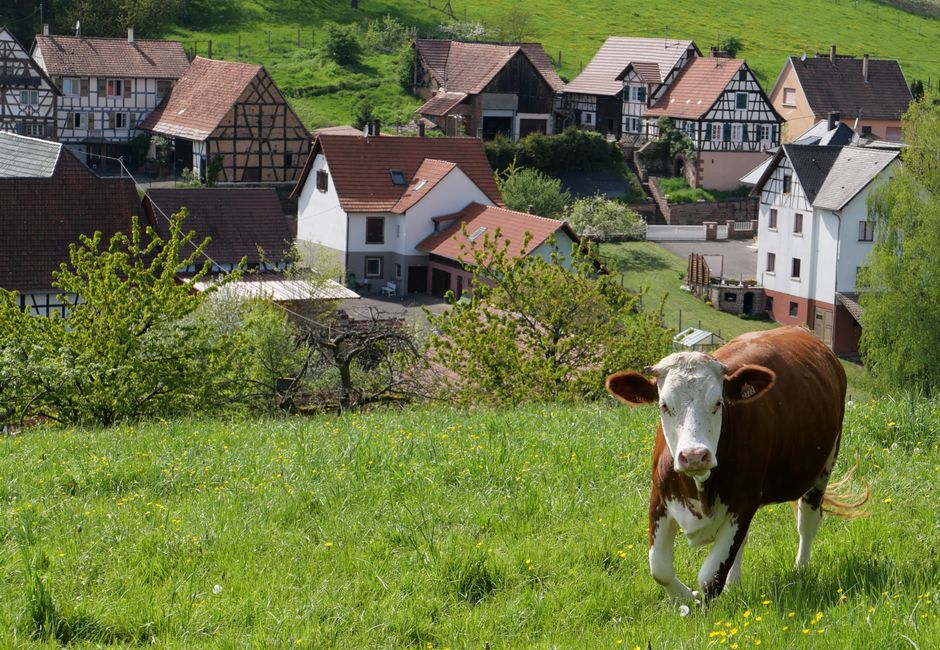
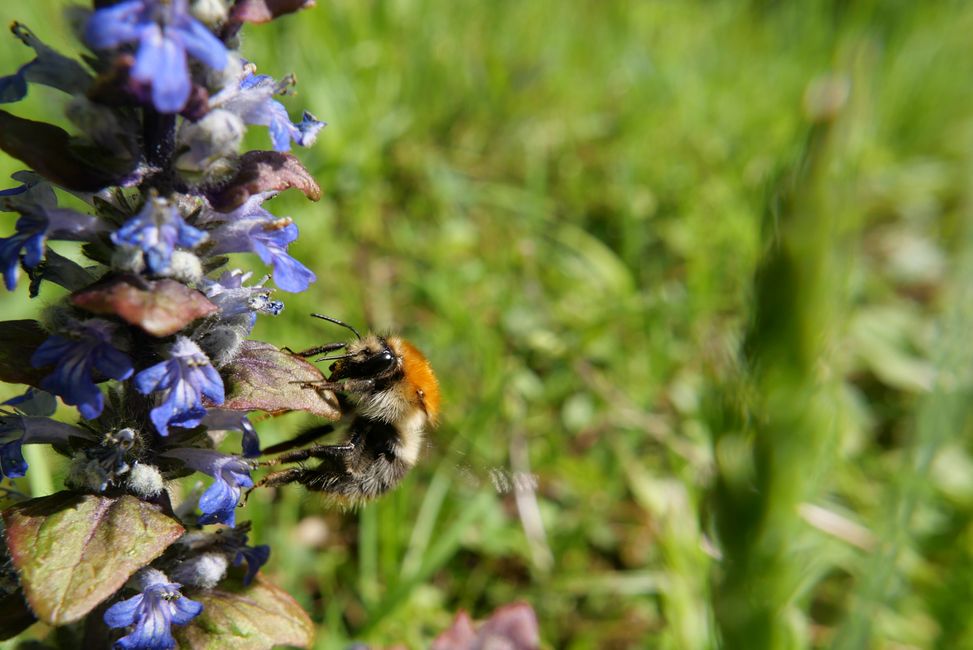
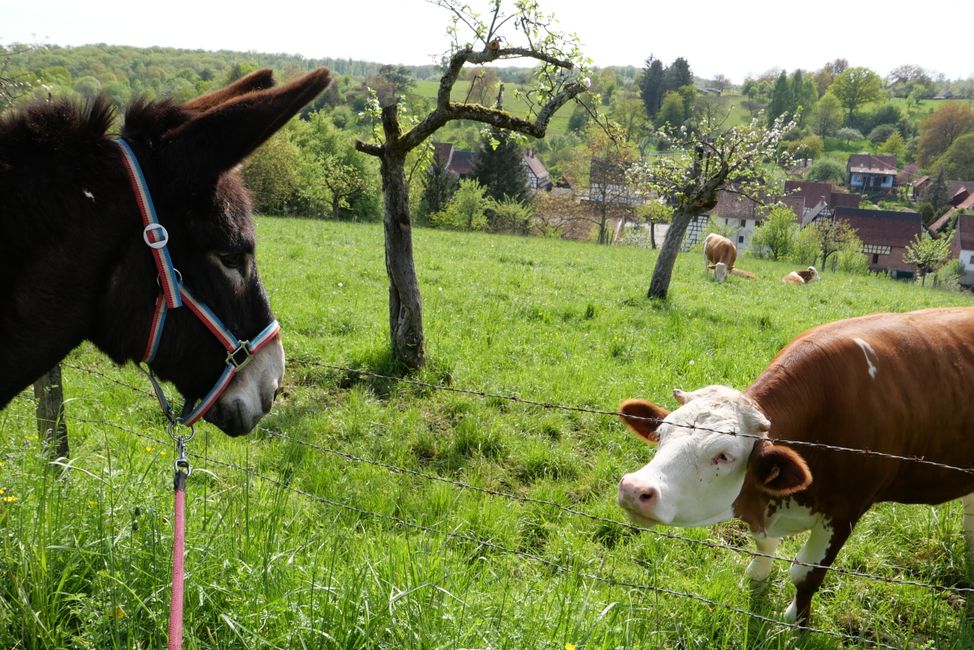
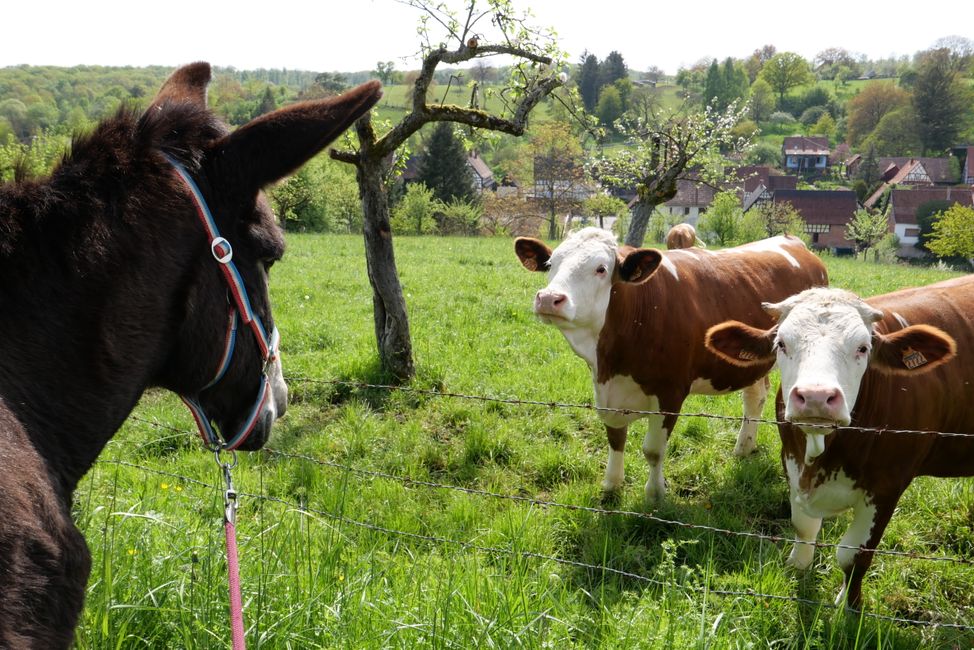
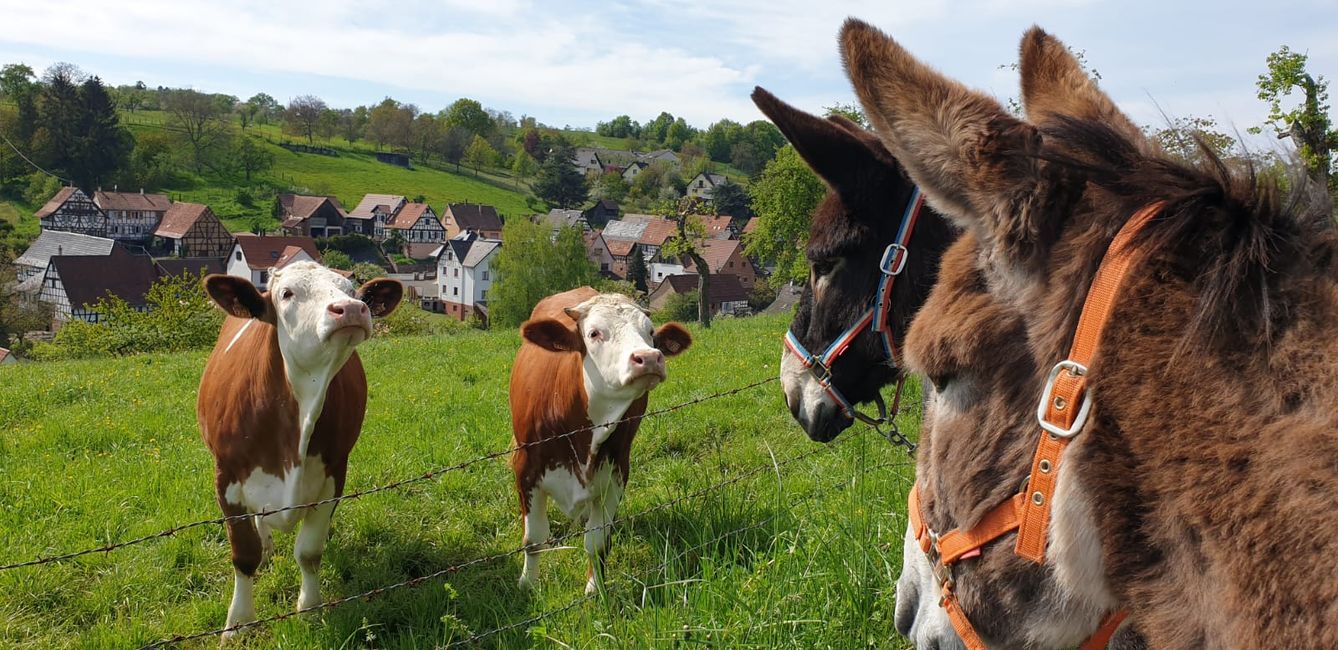
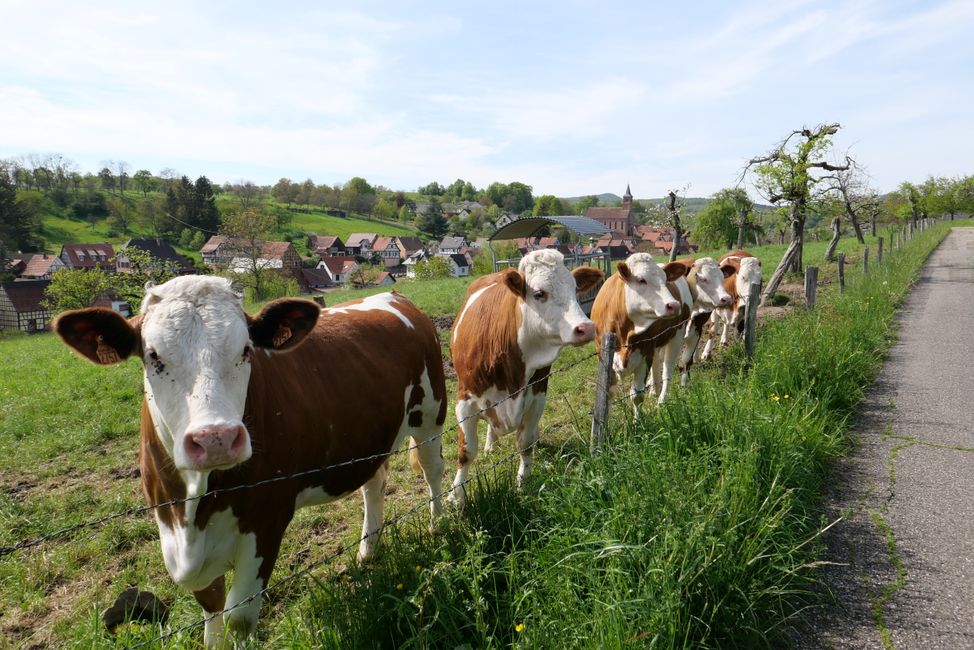
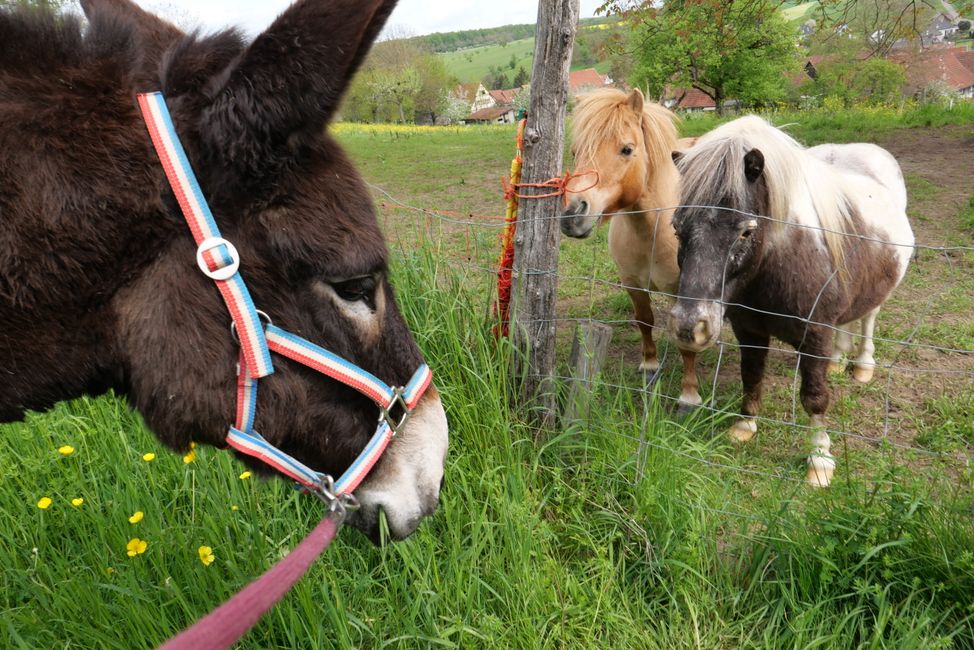
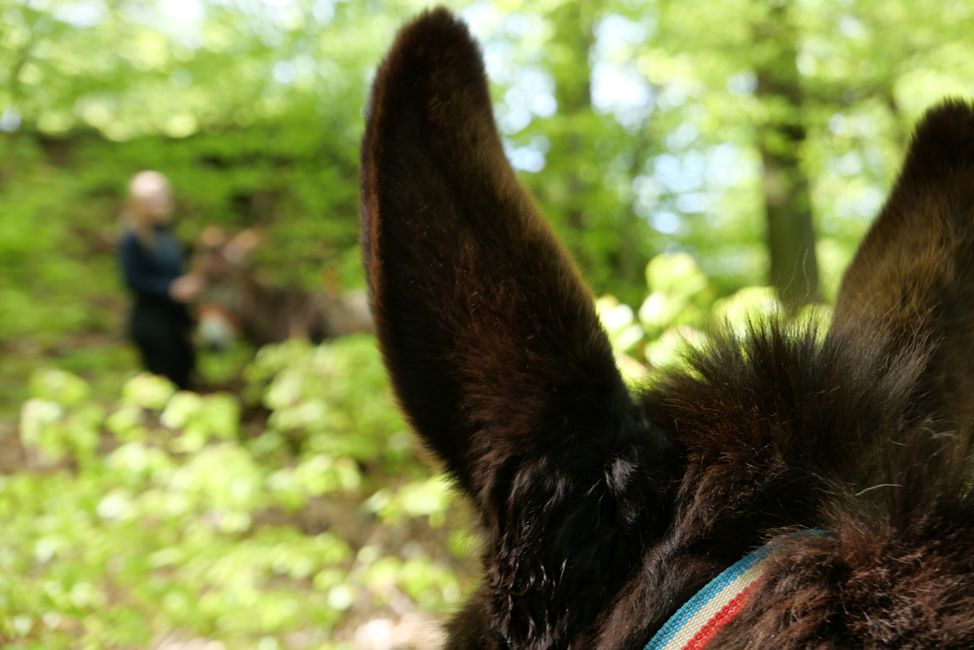
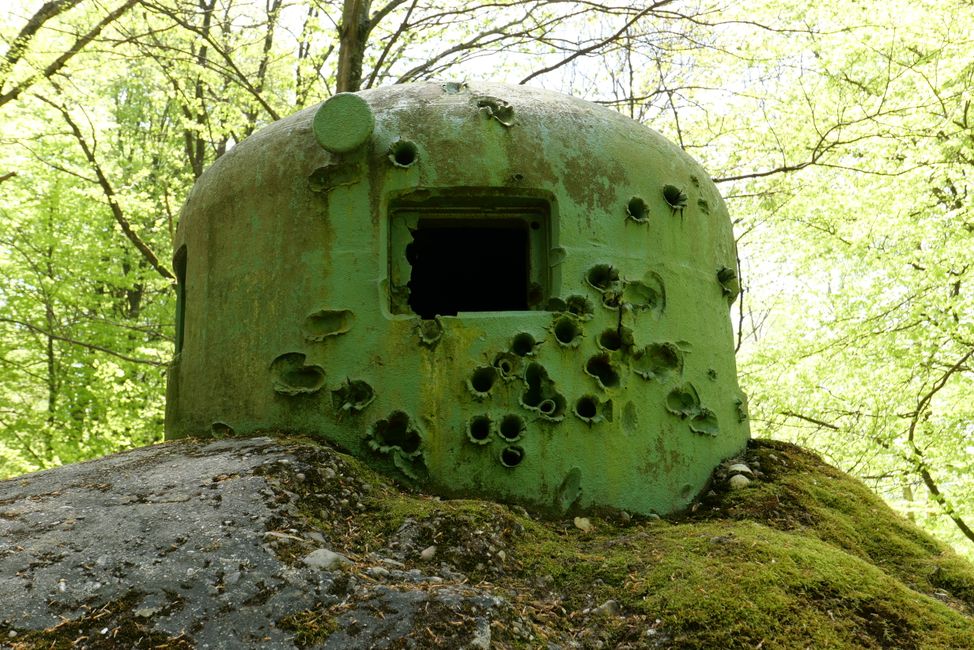
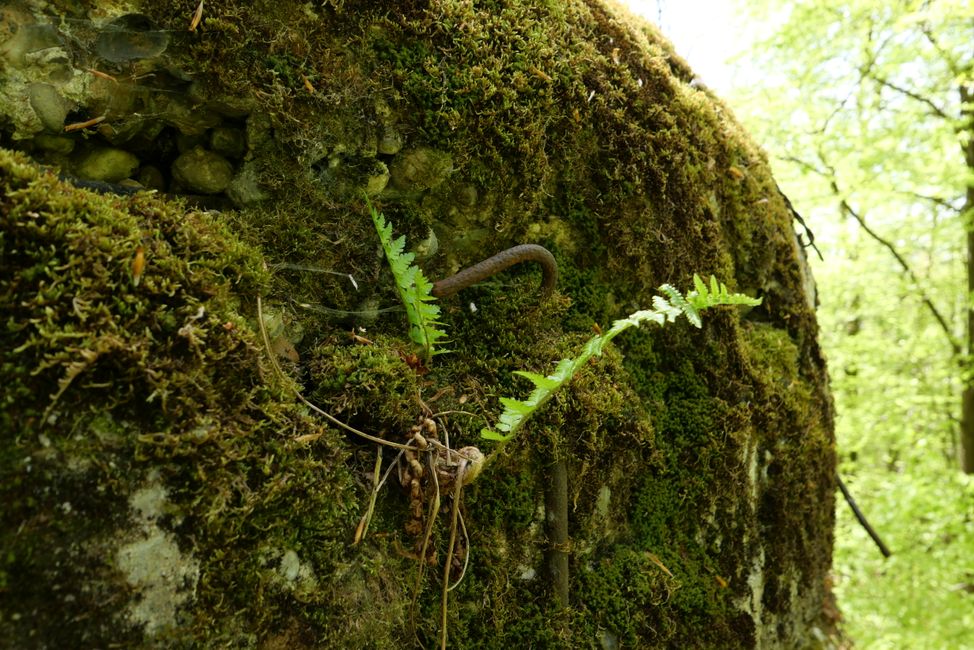
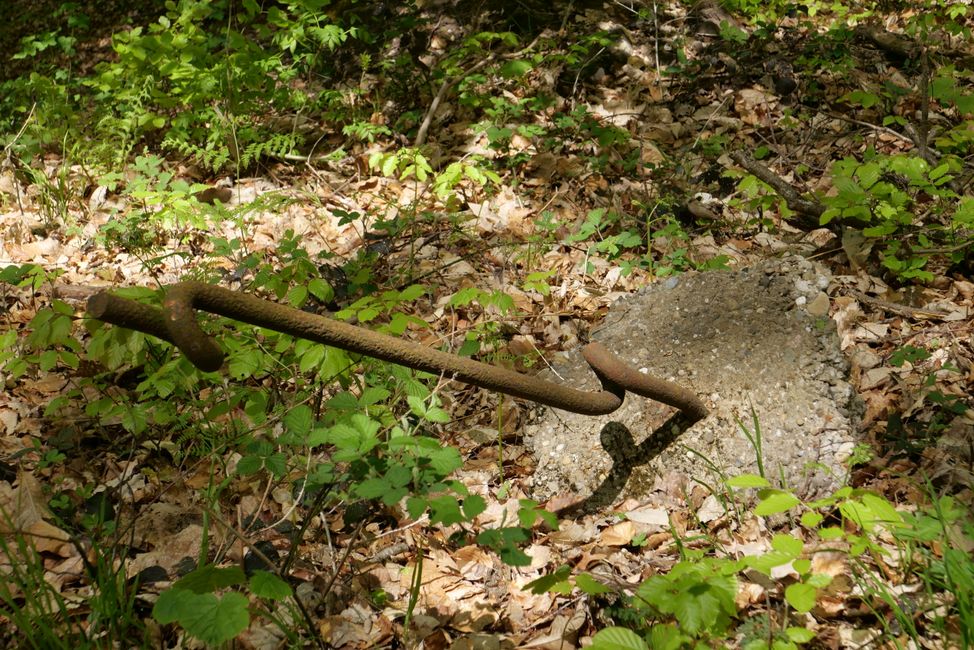
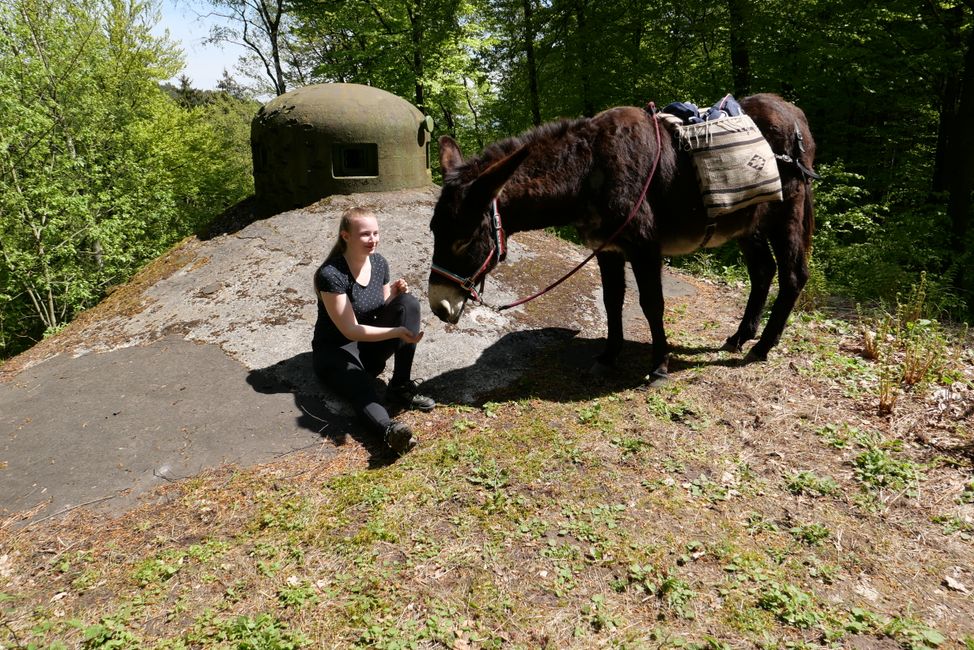
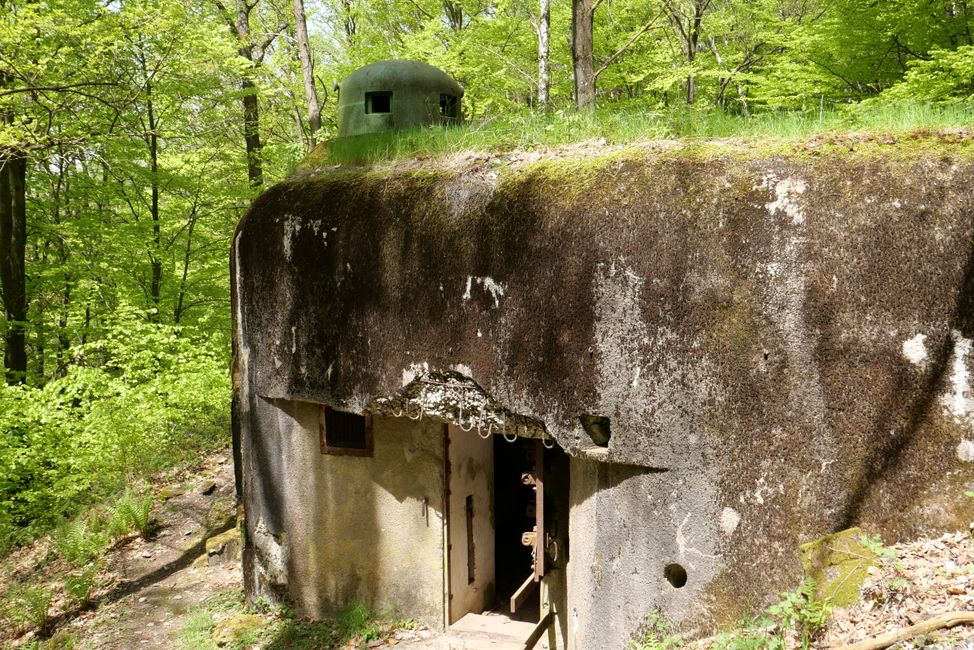
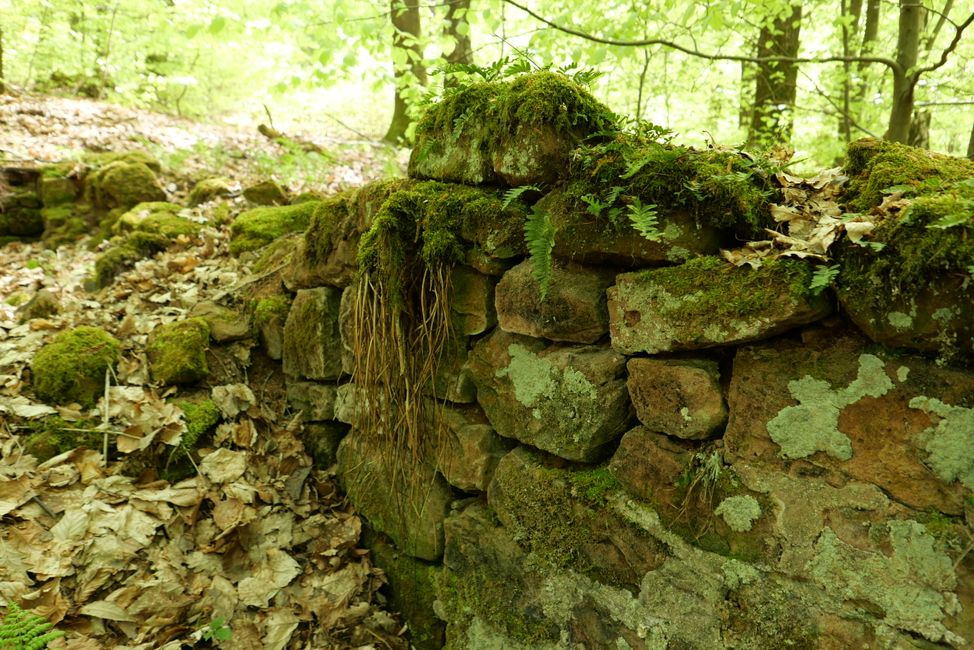
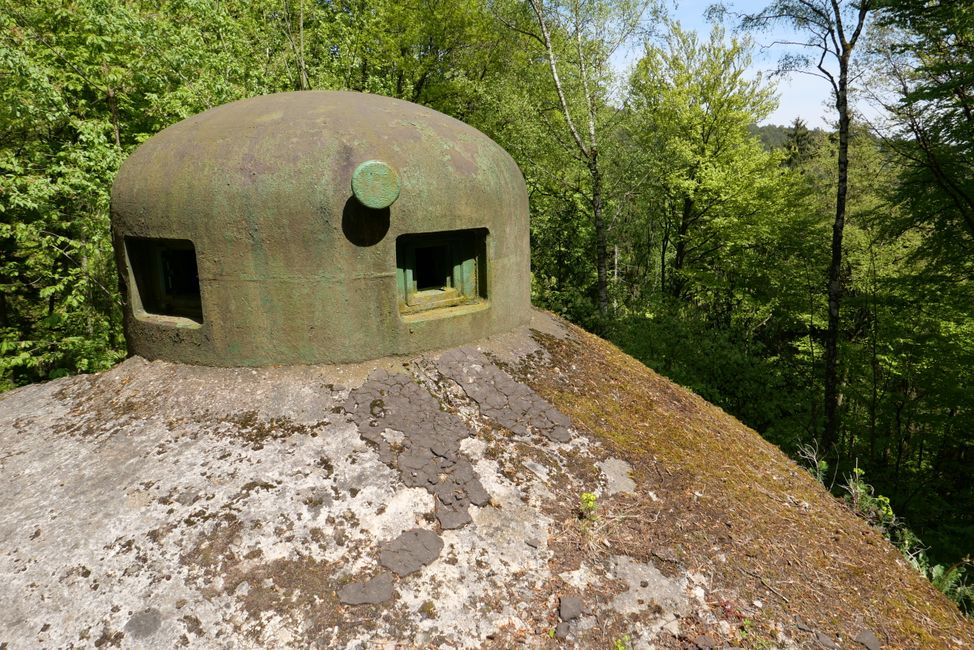
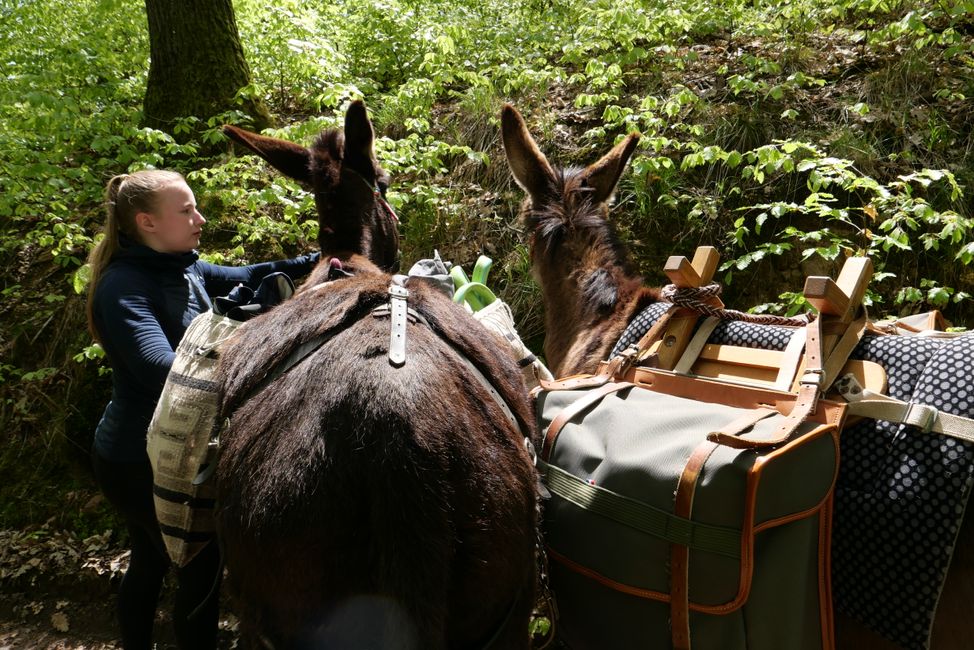
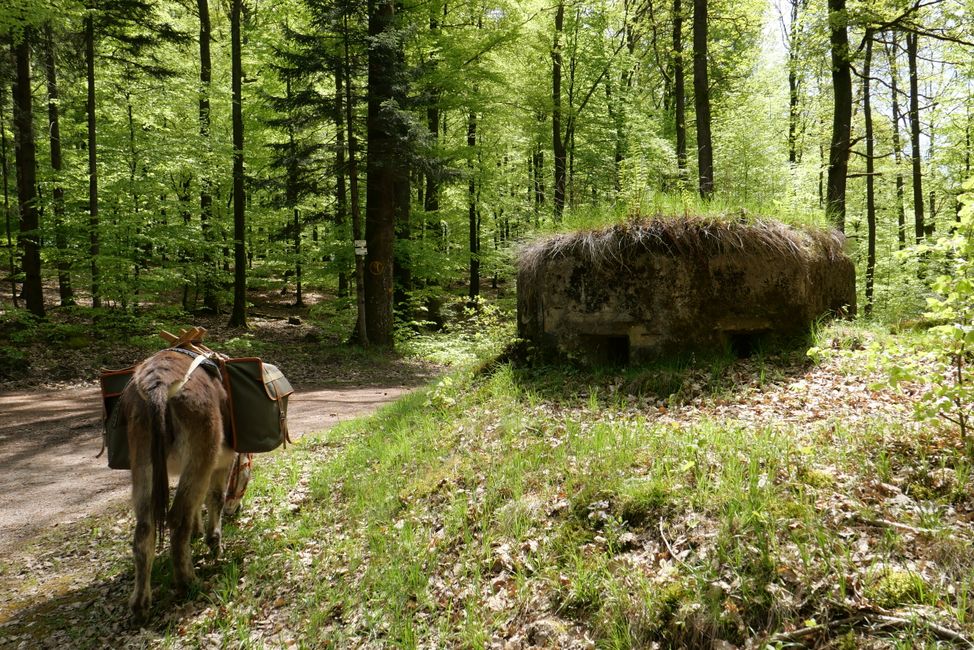
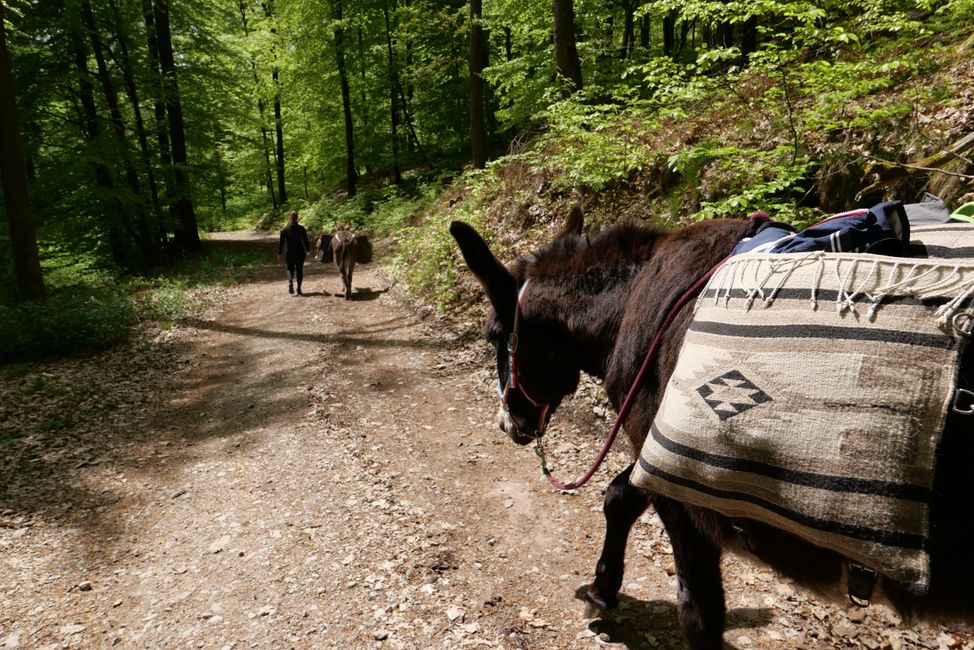
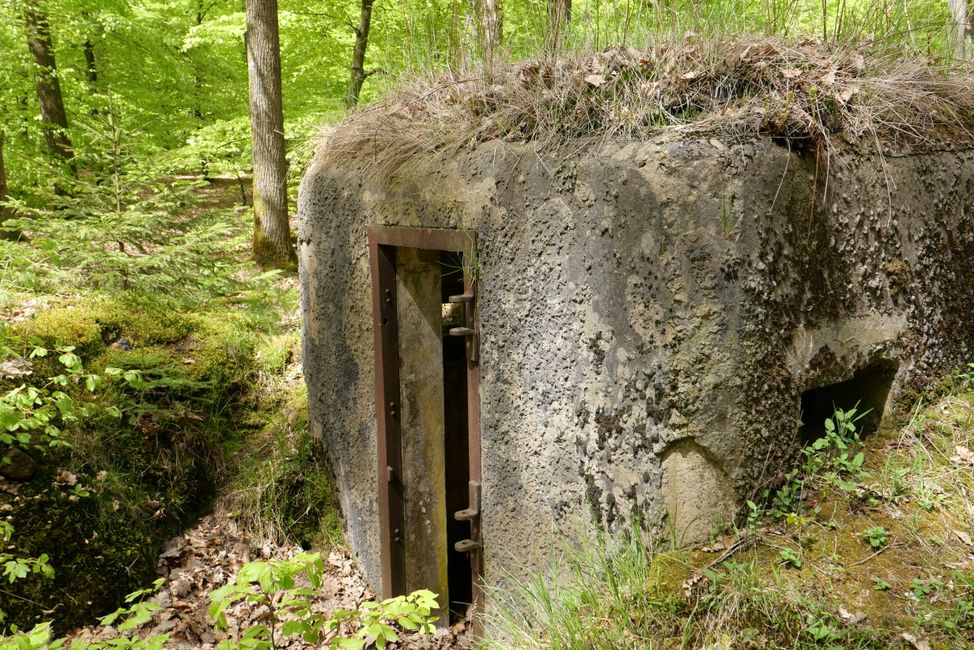
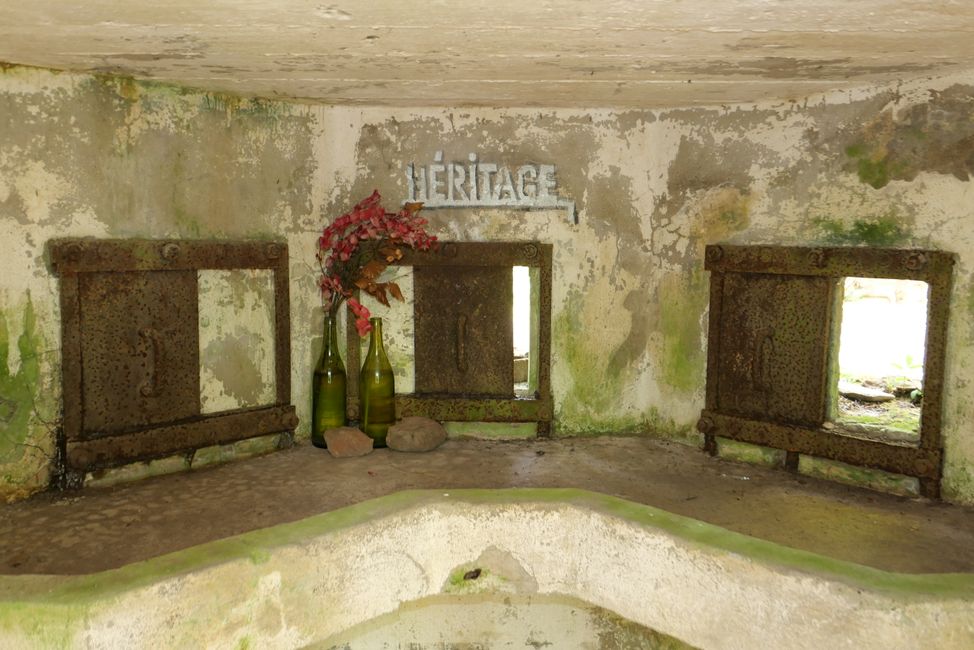

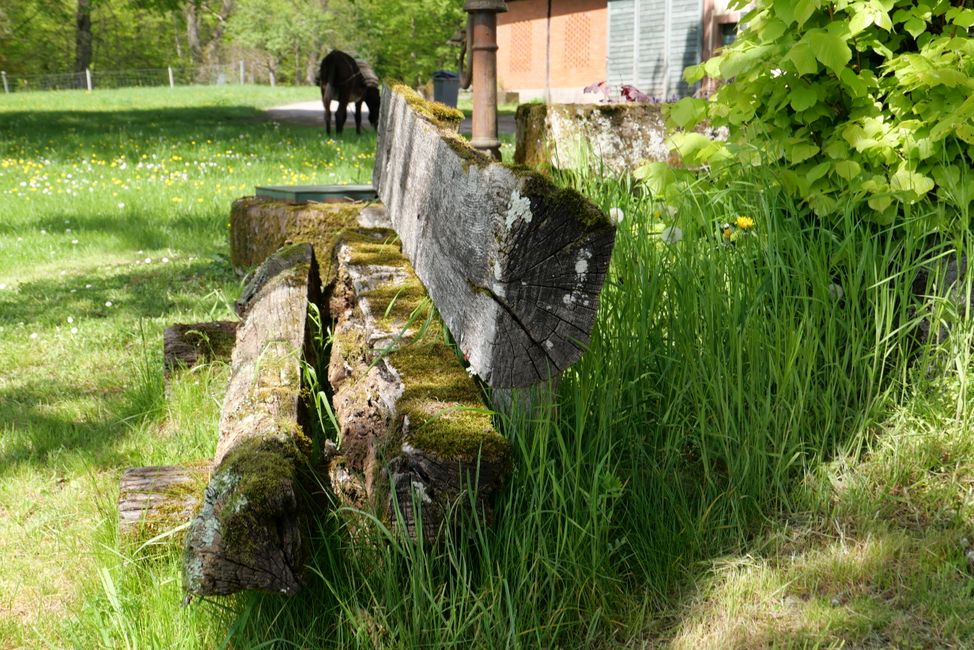
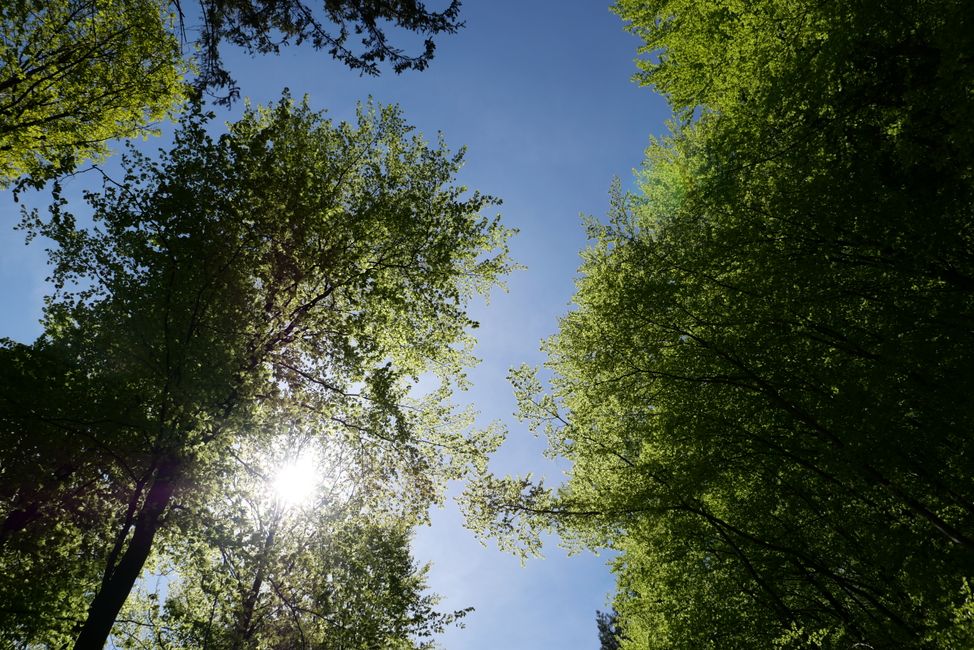
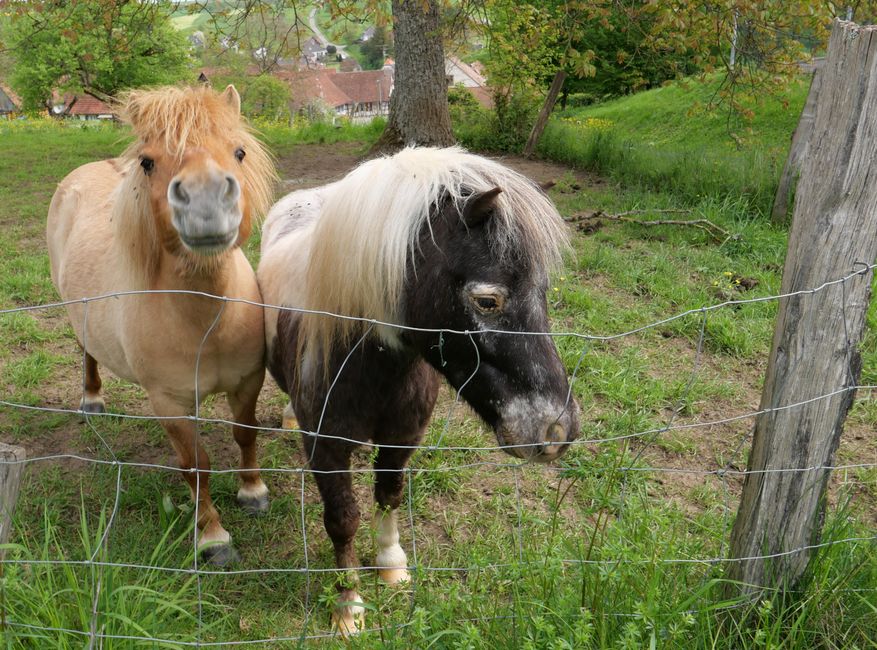
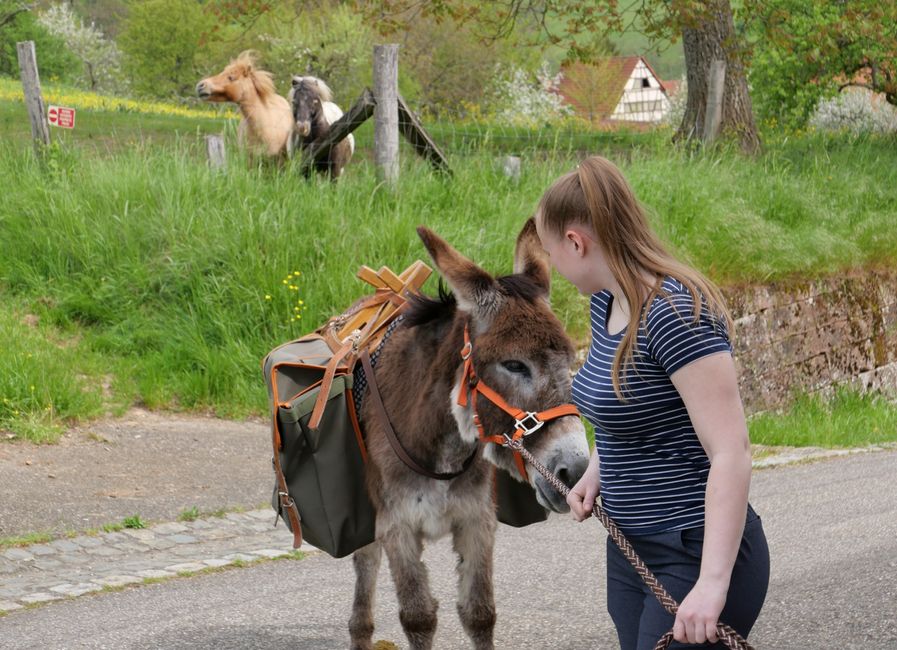
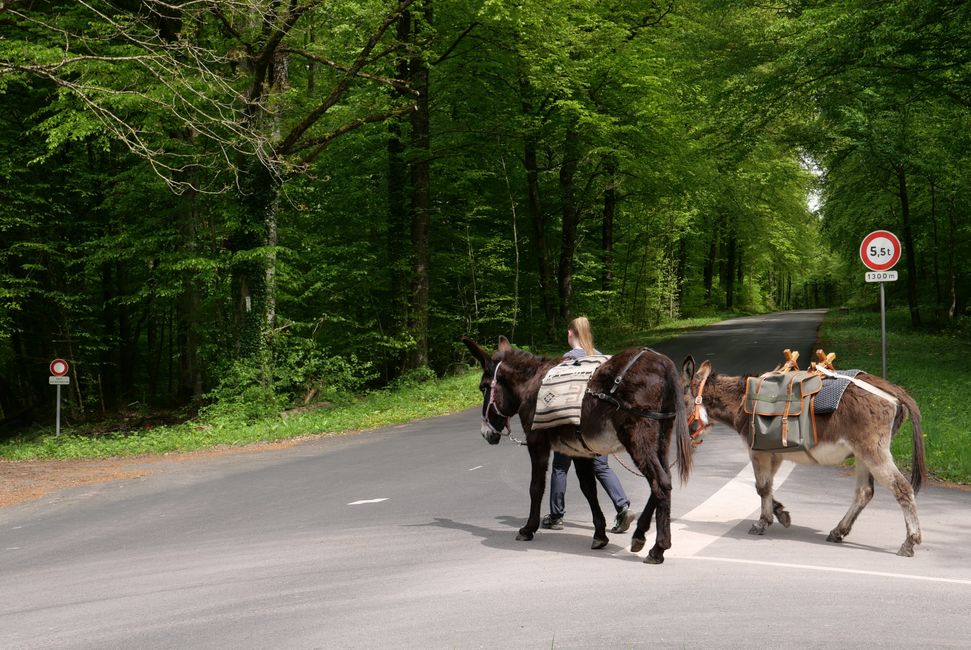
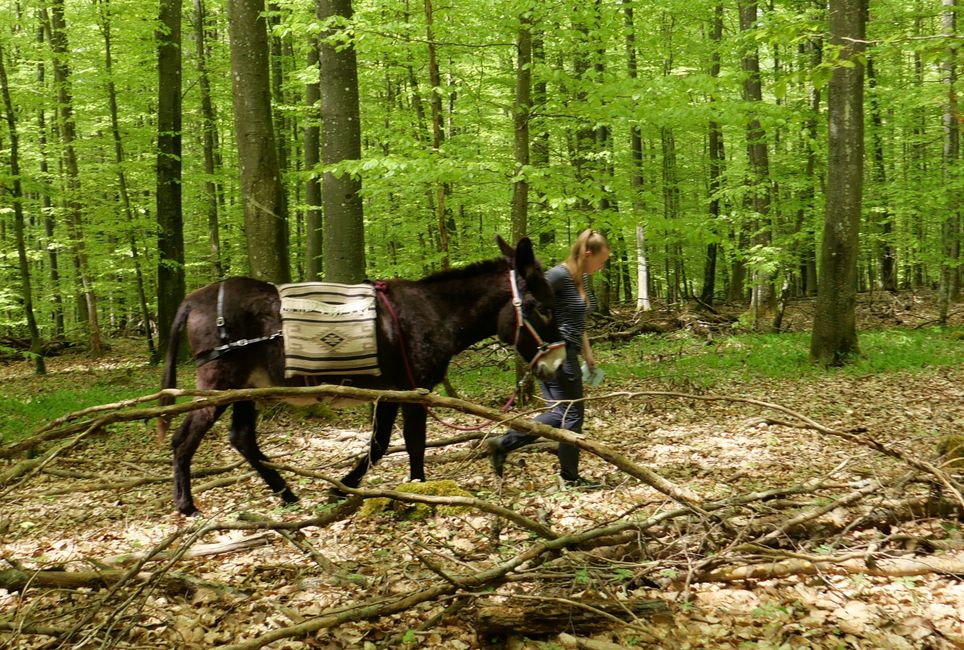
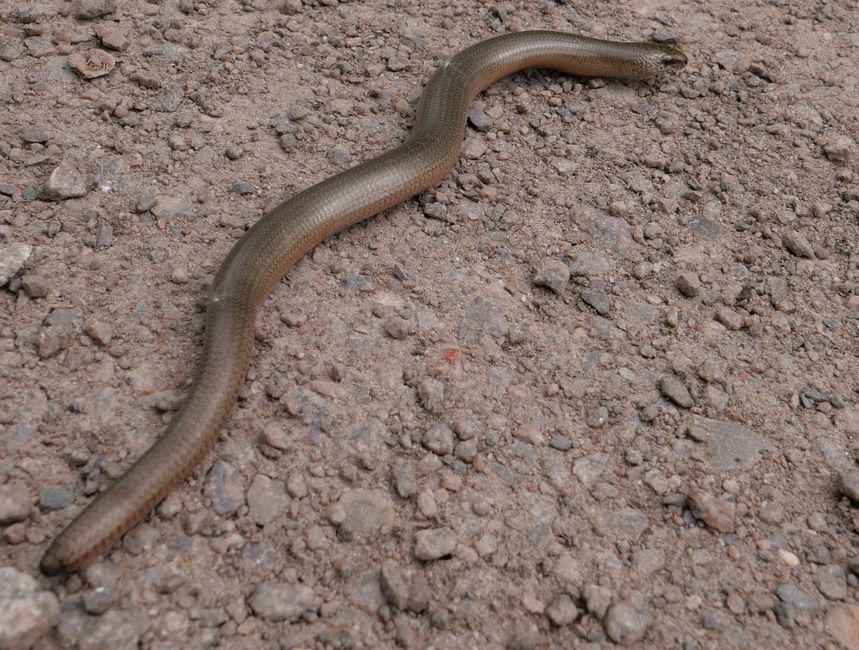
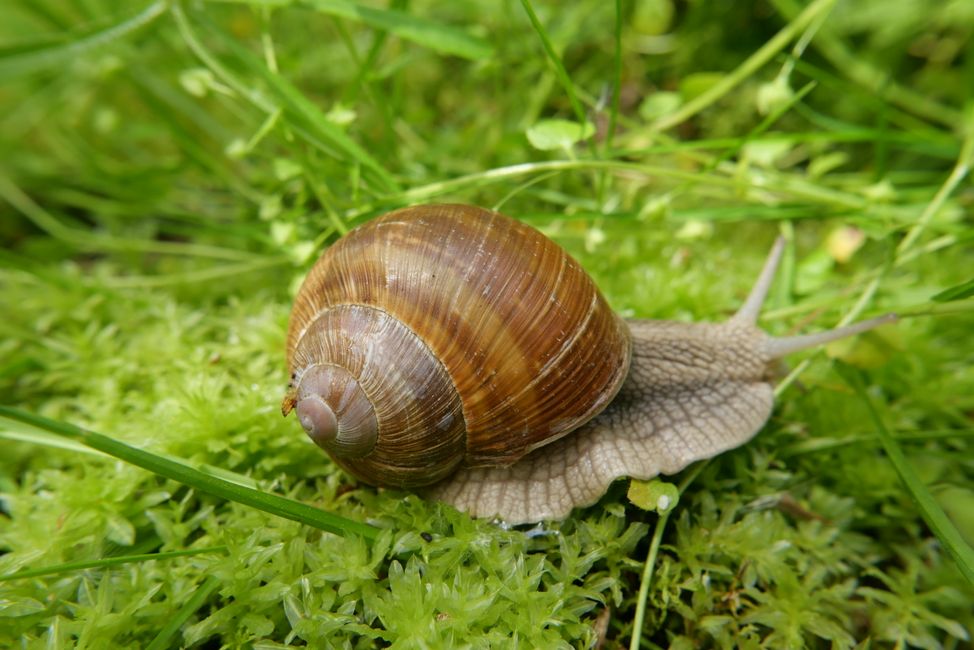
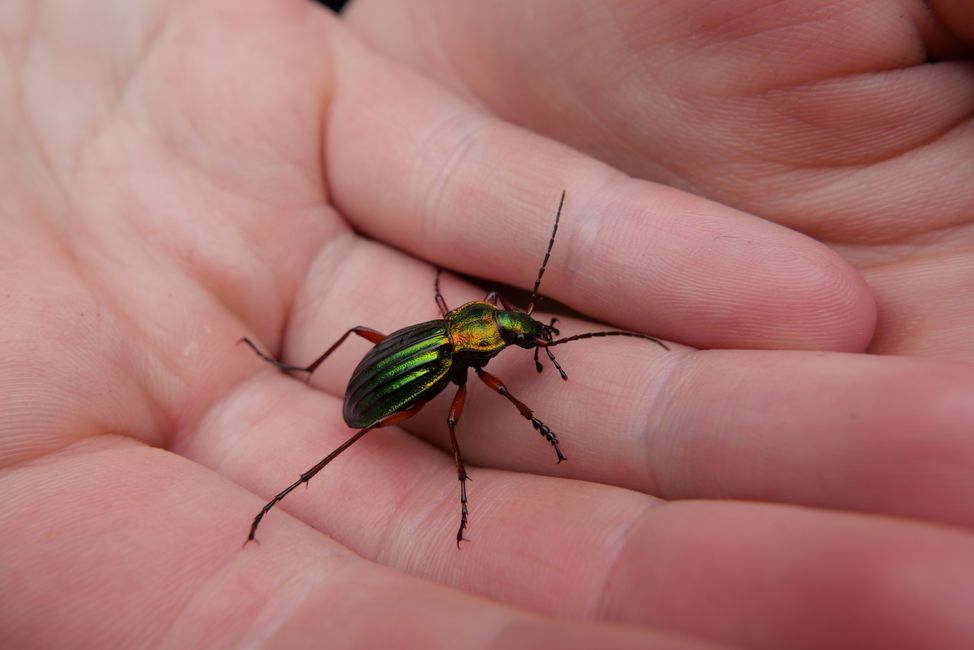
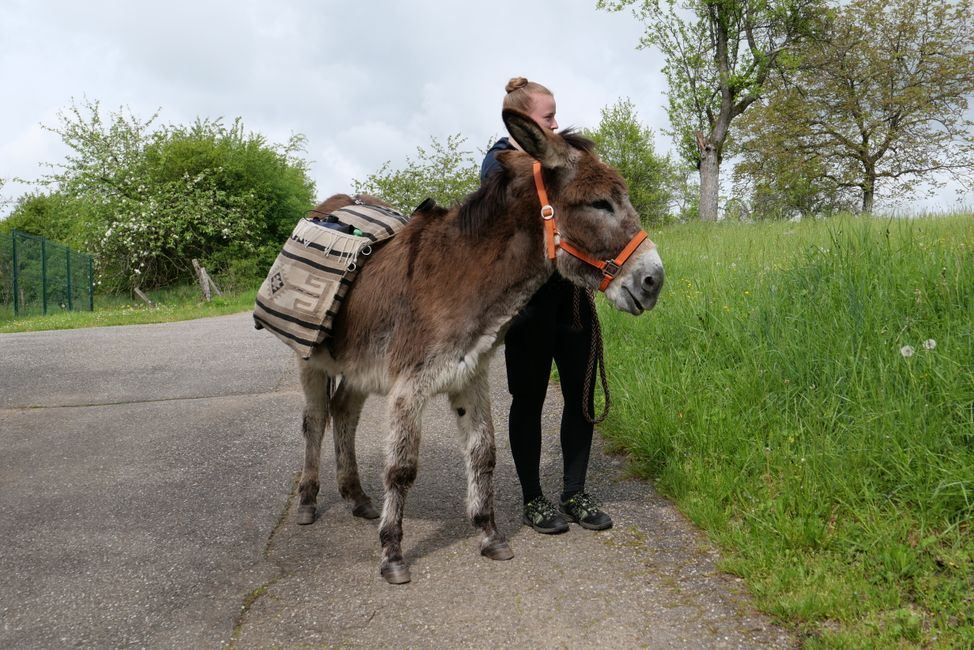
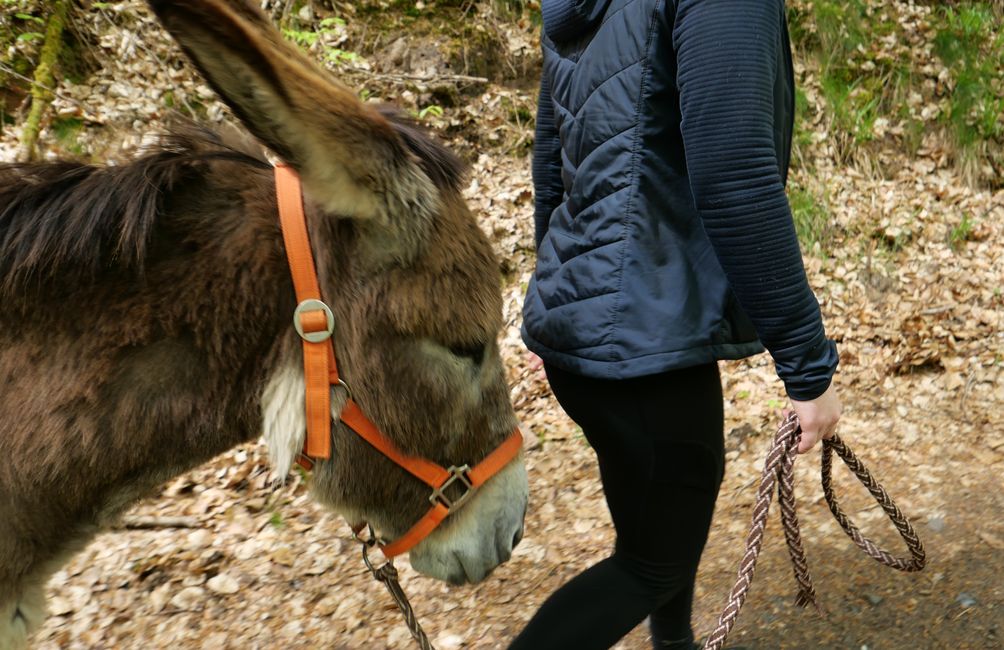
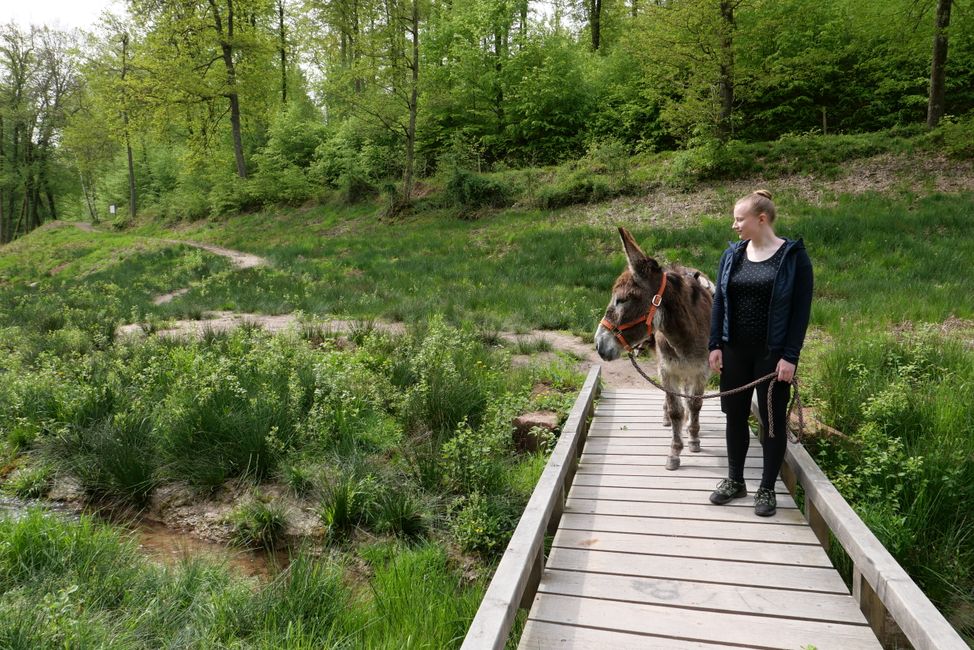
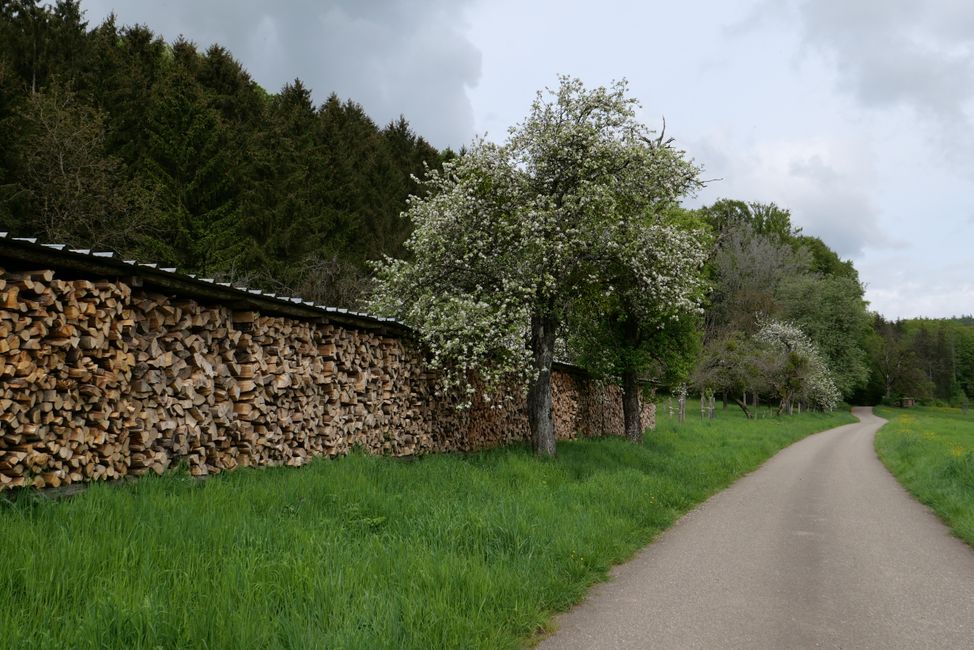
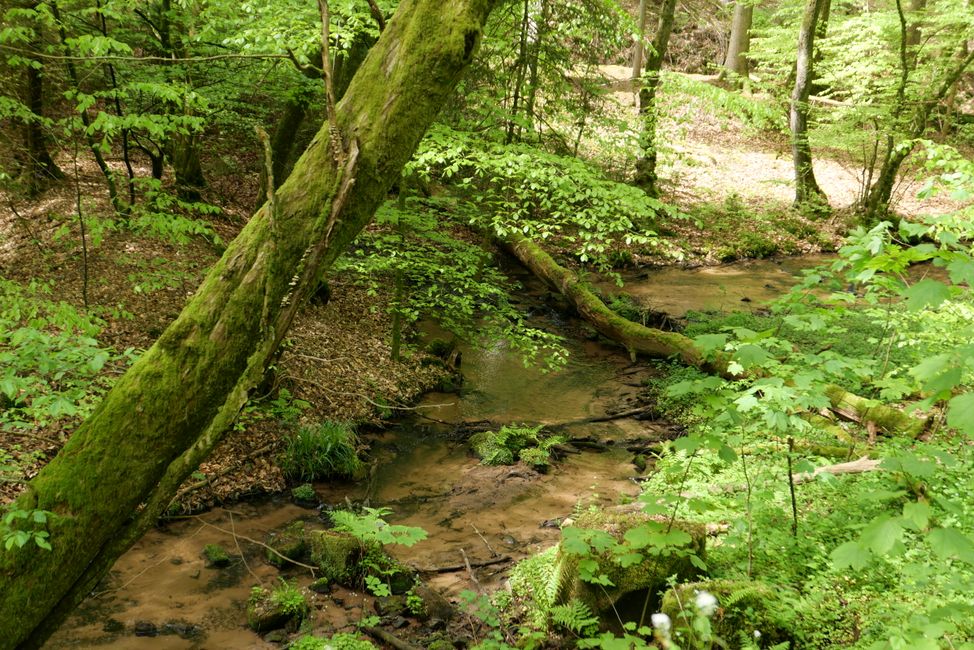
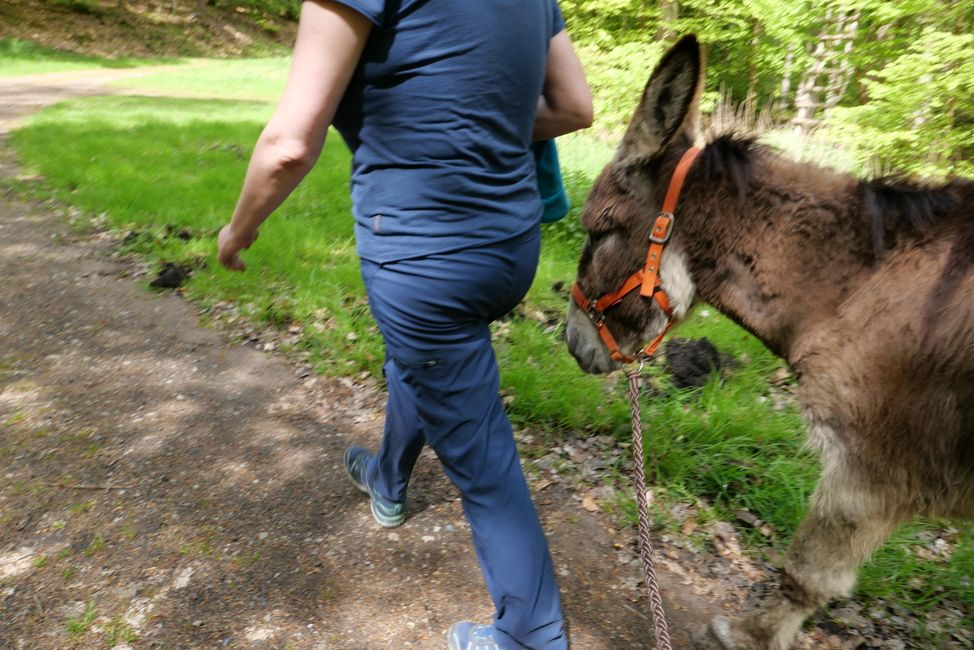
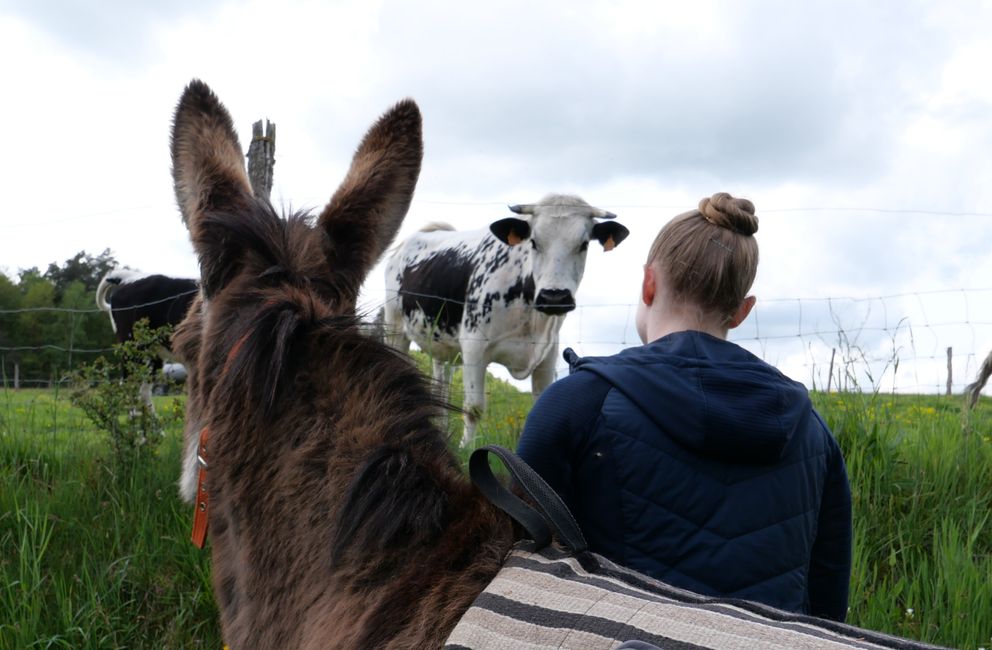
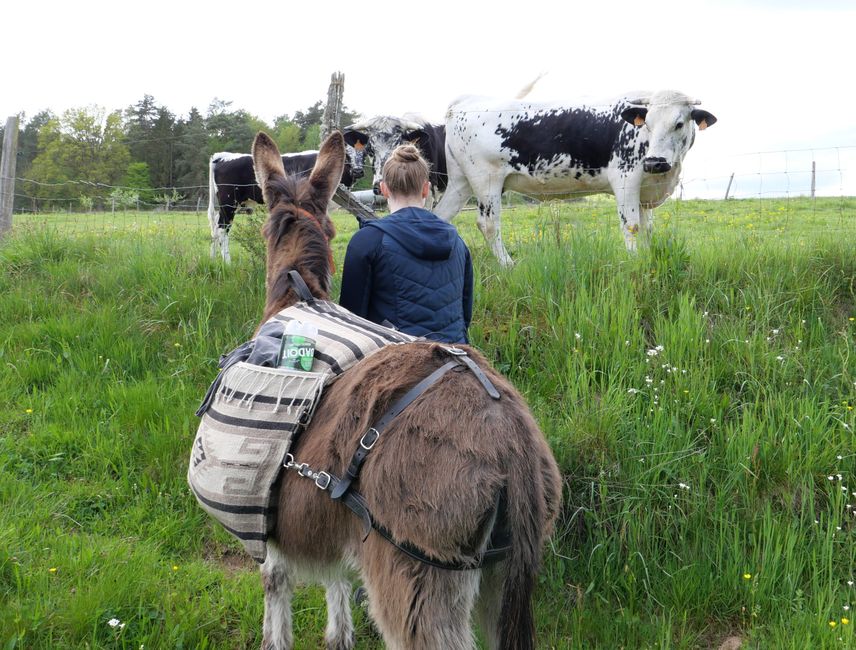
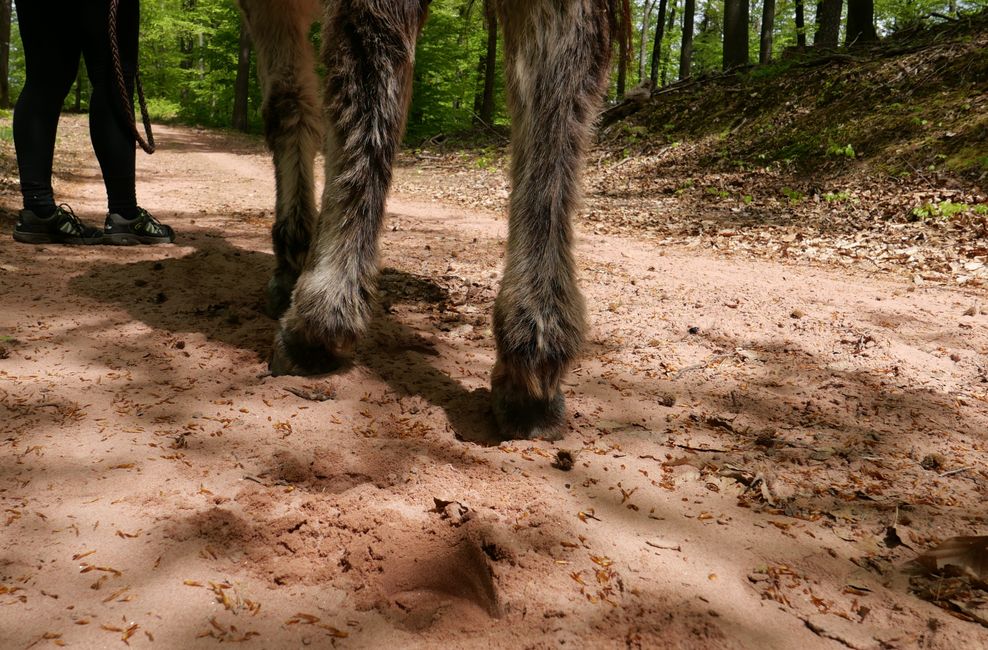
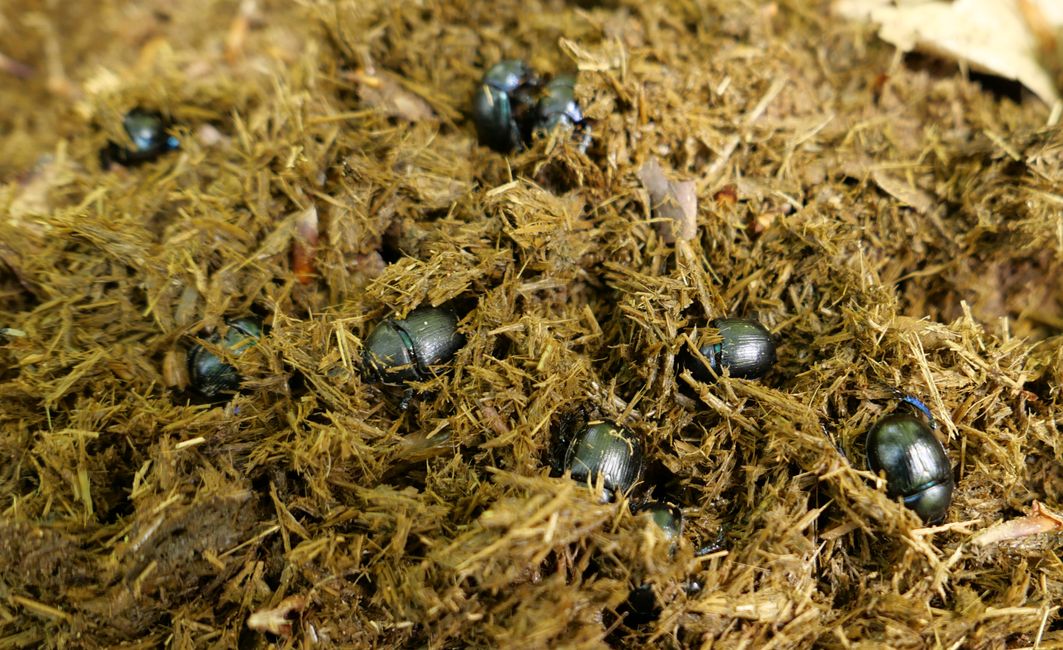
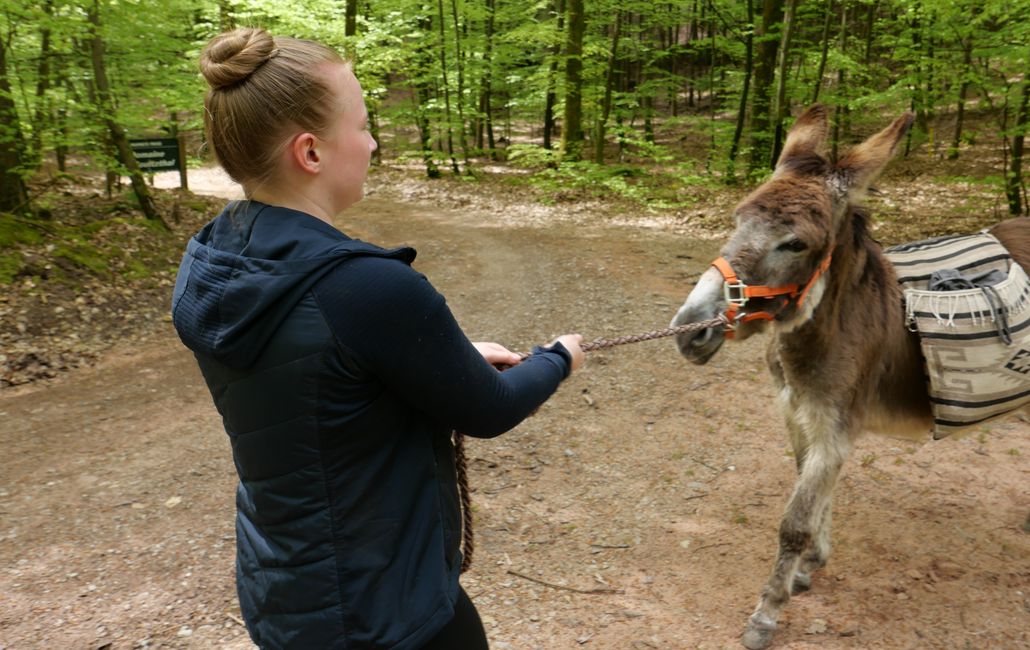
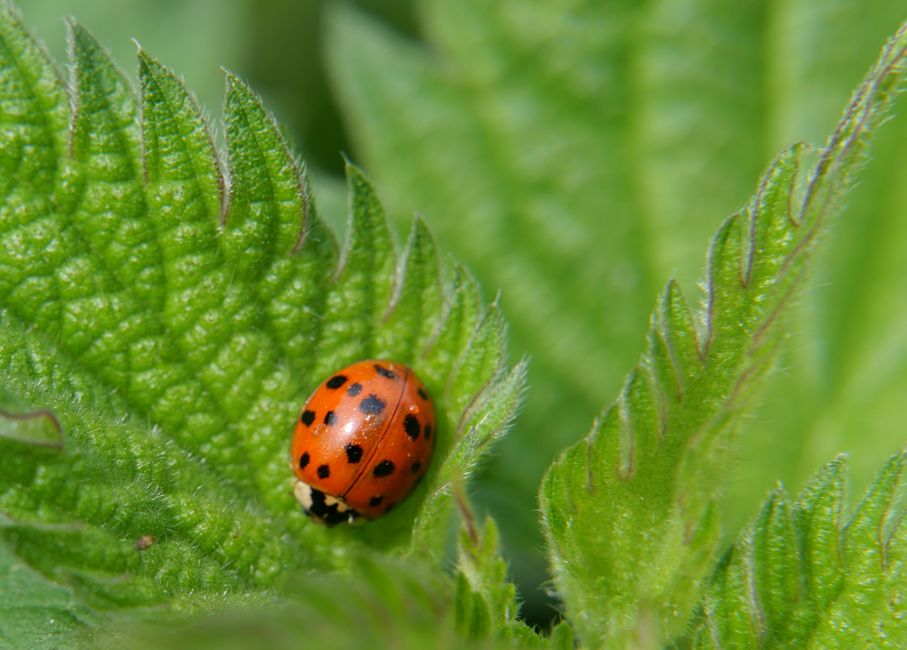
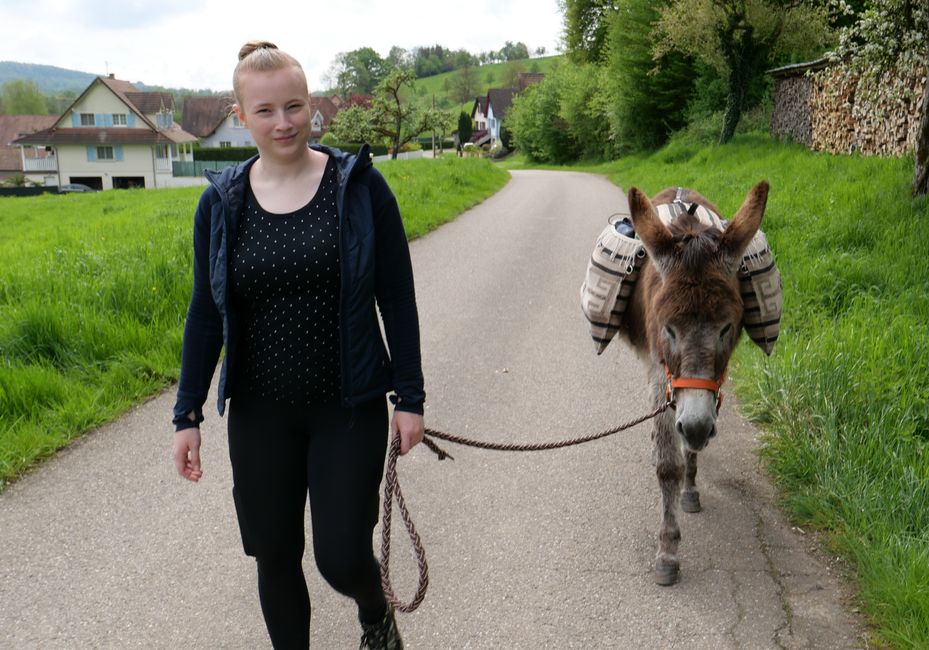
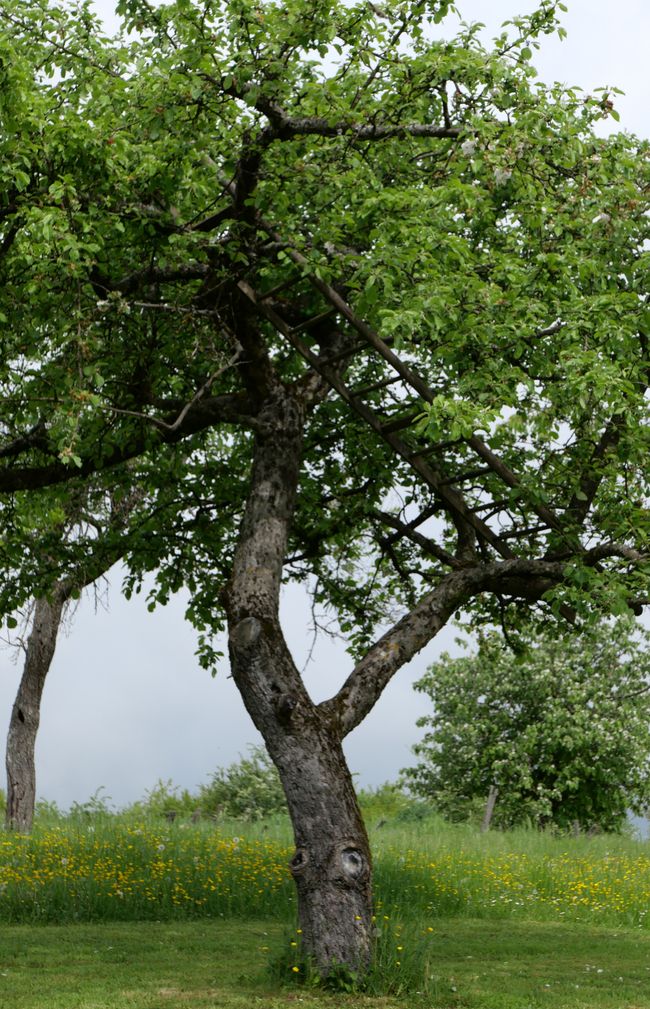
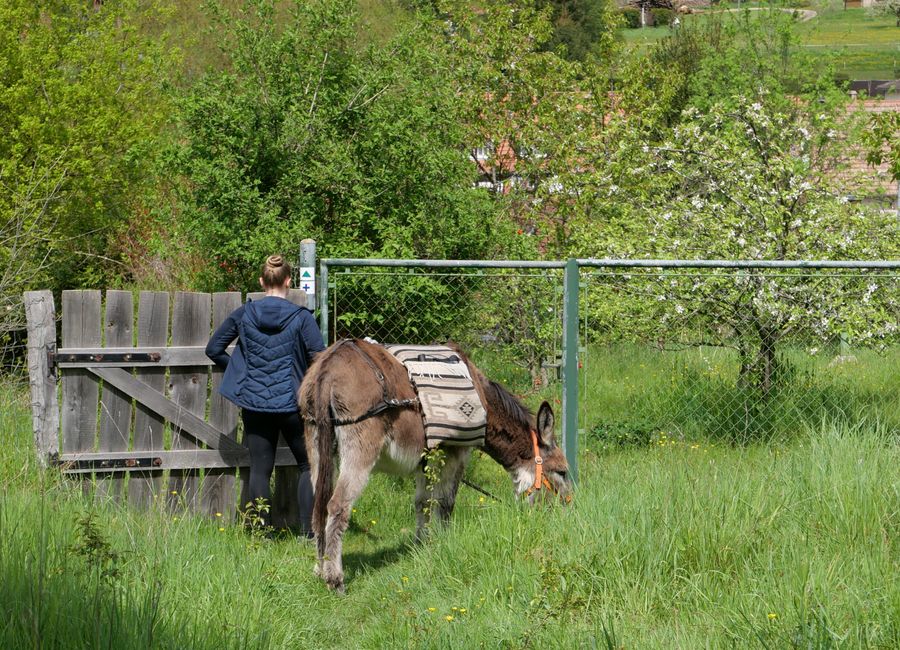
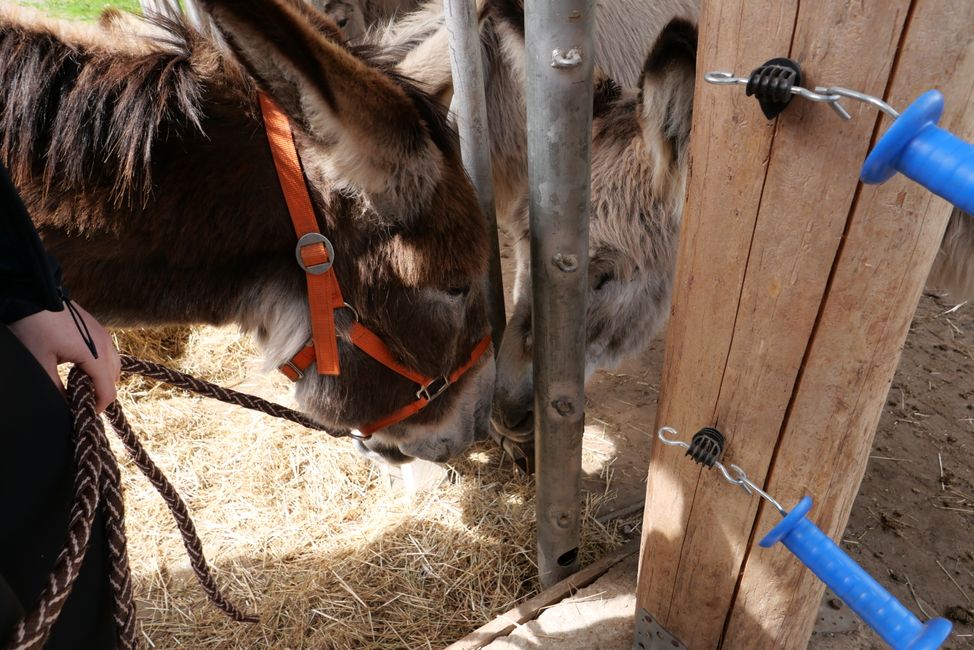
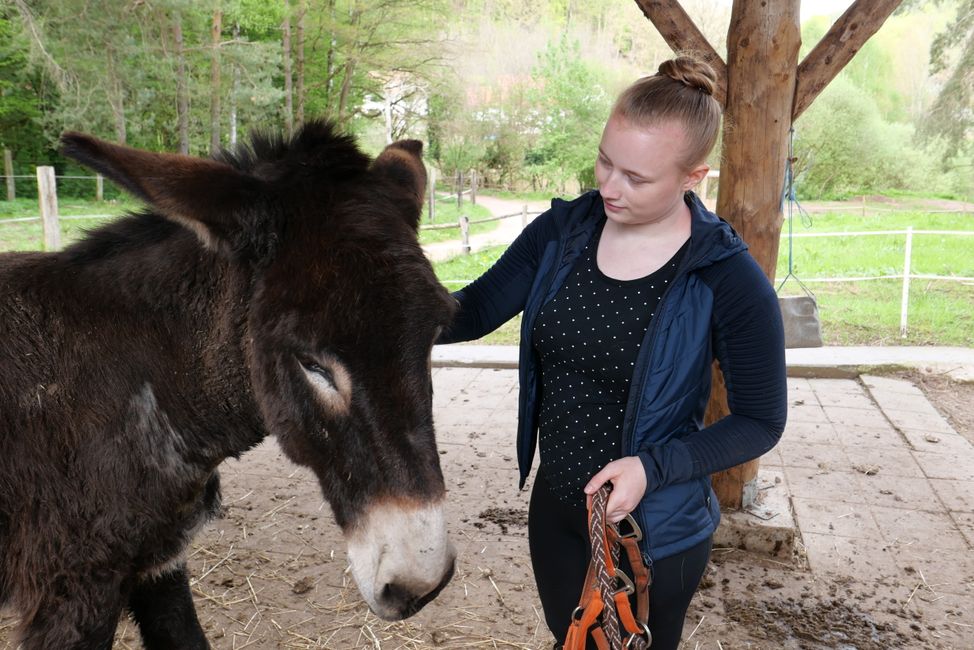
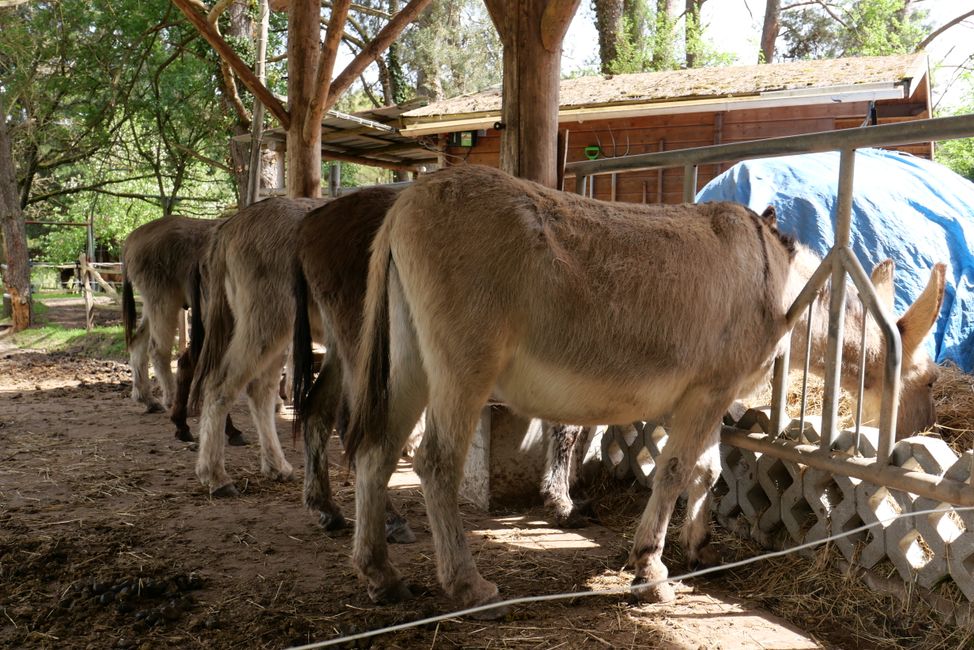
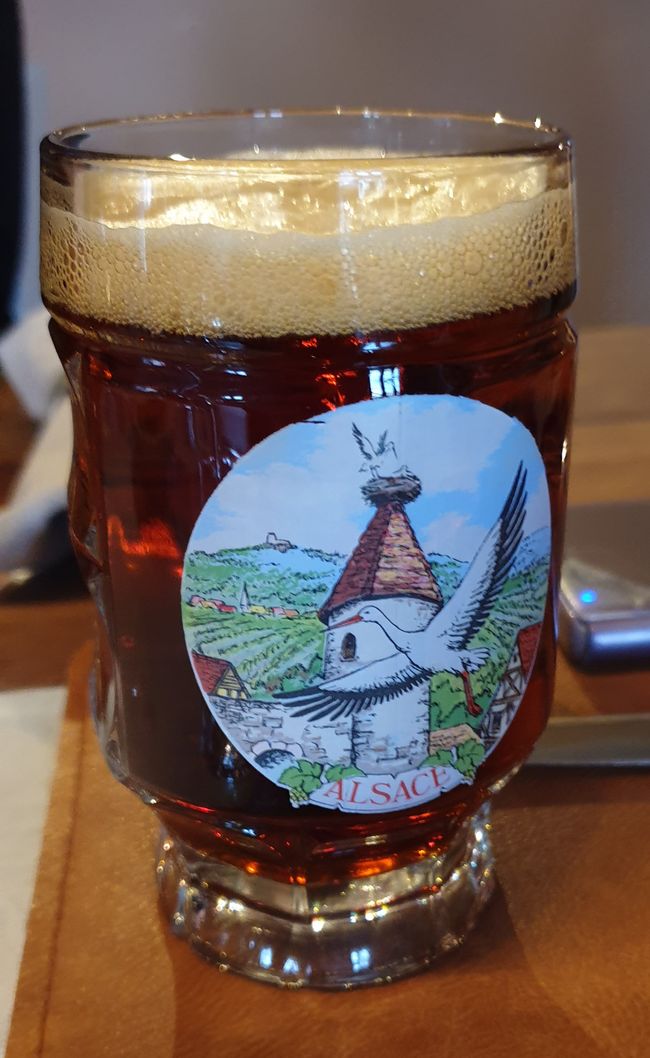
Iscriviti alla Newsletter
Once you have ridden a donkey, you will likely remain loyal to the long-eared creatures. And indeed, this is already the third time we have set off on a donkey trek.
Perhaps you remember, in 2016 we were in the Abruzzo region of Italy and in 2017 we were in the Cevennes region of France for similar trips. Both in the Cevennes and in the Abruzzo region, the weather is rather dry and very warm. The terrain is rocky and therefore presents different challenges than here in Alsace.
For us, it is actually comparable to the conditions we are used to in Germany. Donkeys, on the other hand, are desert animals, but they also adapt very well here.
And the business with trekking tours seems to be doing well, as the local donkey stable has additional branches in the Cevennes and also in the nearby Palatinate region. If you want to find out more, you can visit https://www.eselwandern-pfalz.de/.
By the way, we are so fascinated by the concept of donkey trekking because we like to be on our own but still want to have a fixed destination. During the multi-day donkey trek, you walk from accommodation to accommodation without a guide (!). So, you have to take care of the animal yourself, but it is also very convenient because it carries the luggage.
Of course, you receive detailed instructions before the start of the tour. We also had the great advantage that my daughter Stephanie works with horses almost every day. She can saddle, tie with special knots, clean hooves, and groom them almost in her sleep.
But even absolute beginners will manage. The prerequisite, of course, is love for animals, patience, and sufficient fitness for the hikes.
Our hikes were an average of 14 km long. Depending on the route, it can be an easy walk or quite strenuous with a lot of ups and downs.
We started in Obersteinbach, in Alsace. To acclimate, we went on a circular hike in the surrounding area on the first day, more precisely to the Wachtfels rock formation. This is a distinctive rock with a hole. Our donkeys, Diva (10) and Gaia (8), know the paths here well and probably could have led us without a map. But, if we had to look at the map, they naturally took the opportunity to have a snack and grazed on the juicy greenery.
The next day, we packed our bags, filled two large panniers, which the donkeys each had on the saddle, one on the left and one on the right. However, they should carry a maximum of 30 kilos. Meanwhile, our suitcases stayed in Obersteinbach with the rest of our things.
The destination for this day was Langensoultzbach. This is a small village without any shopping possibilities. However, there is the beautiful B&B La Bouill'Hôte, run by Christine and Christophe. You are welcomed there like friends and wonderfully fed. The only challenge for us as a couple were the narrow French beds (1.20m).
In the evening, we also had nice company from the other guests, Renate and Rudi, who were also staying there.
By the way, on the way to Langensoultzbach, we passed remains from World War II. I would have called them bunkers, but they are actually called casemates. These are fortified shelters that can withstand heavy artillery fire. The bullet holes are still clearly visible. Even our hosts could not say for certain whether they were built by the Germans or the French at that time. My internet research, however, suggests that they are part of the military heritage of the French.
On day 3, our donkeys and us took a leisurely stroll to a lake. While we were often alone in the forest, we were always a small attraction at the lake or in the villages. But other animals were also very interested in us. Particularly ponies and cows often appeared along our path. While they find humans rather boring, they rushed towards our donkeys.
The cows, in particular, were apparently quite interested in the smell of our donkeys. They sniffed vigorously through their noses. Our Diva, the more experienced one, perked up her ears, but felt quite safe behind the separating electric fence. Gaia, on the other hand, preferred to keep a bit more distance after a few minutes. Cows are really big and strong, whereas the little ponies were not as spectacular for our two donkeys.
Our last hike back to Obersteinbach started a bit sadly. Diva suddenly couldn't properly step on one leg and had to stay in the shelter in Langensoultzbach. Max, the head of the donkey station, later came to pick her up with a trailer. It was a real test for Gaia and Diva. The two called out to each other for a long time, and Gaia didn't really want to walk with us.
Even the green grass at the roadside seemed no longer interesting to her. Since donkeys like to walk in a column, we became their group and she trotted along behind us. However, this was an entirely new path for her and she wanted to go back several times. Finally, when we arrived at our home stable, Gaia was noticeably happy to be reunited with her friends.
Diva had already arrived. Max, the head of the donkey station and an excellent caregiver, then got right to work in our presence. He brought out his red shopping basket, which the donkeys actually don't like because it contains the "surgical instruments". After quickly sharpening the knife, Diva obediently lifted her hoof and Max put the blade to it. He trimmed off a bit of the hoof and filled the hole, where a stone had apparently lodged, with a cloth. He will monitor the area daily from now on.
After this excitement, Diva probably didn't have the nerves for a long farewell from us. But we did meet her later at the electric fence, just like Gaia.
Of course, we know that they are very well taken care of there, but what can I say, we would have actually loved to take them with us!
Finally, I have to express a small disappointment: What's up with the storks? Alsace advertises them heavily. You can buy the birds on mugs, plates, or even as plush toys in every souvenir shop here.
But we didn't see a single one. Perhaps they don't like donkeys.
Iscriviti alla Newsletter
Risposta
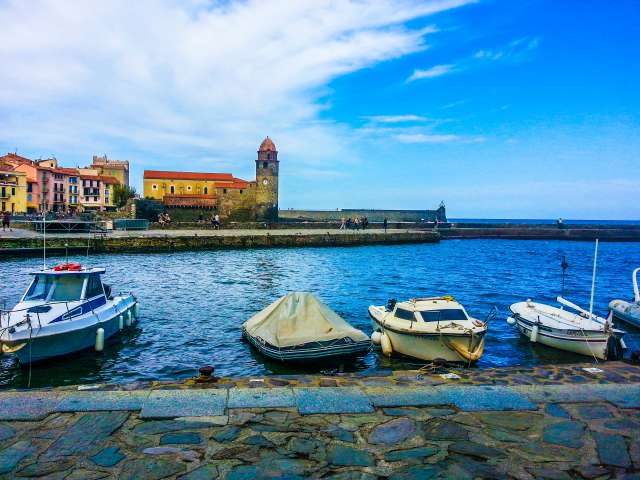
Rapporti di viaggio Francia
